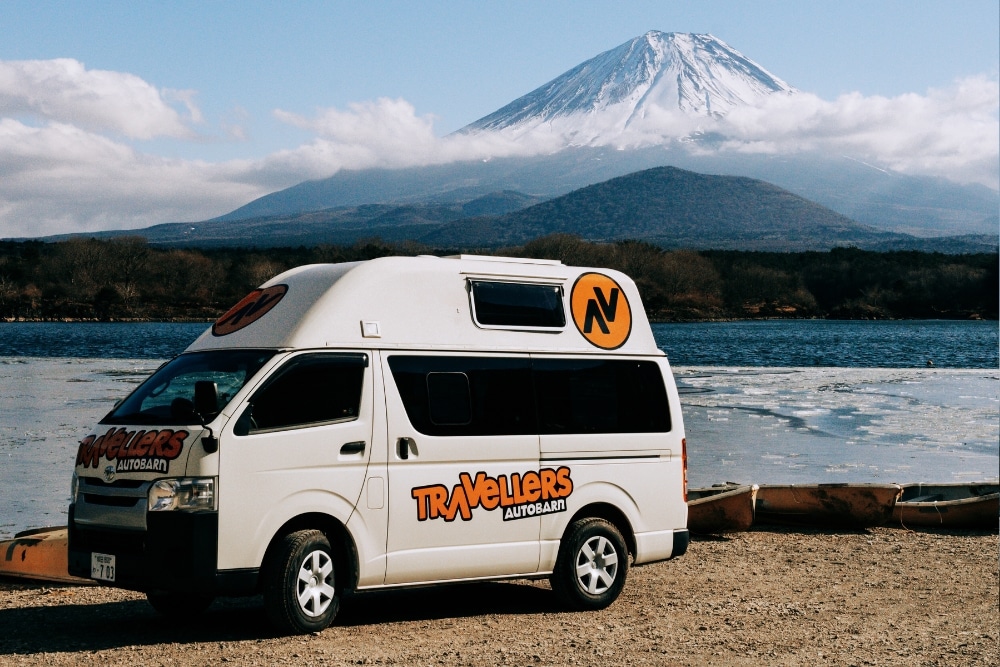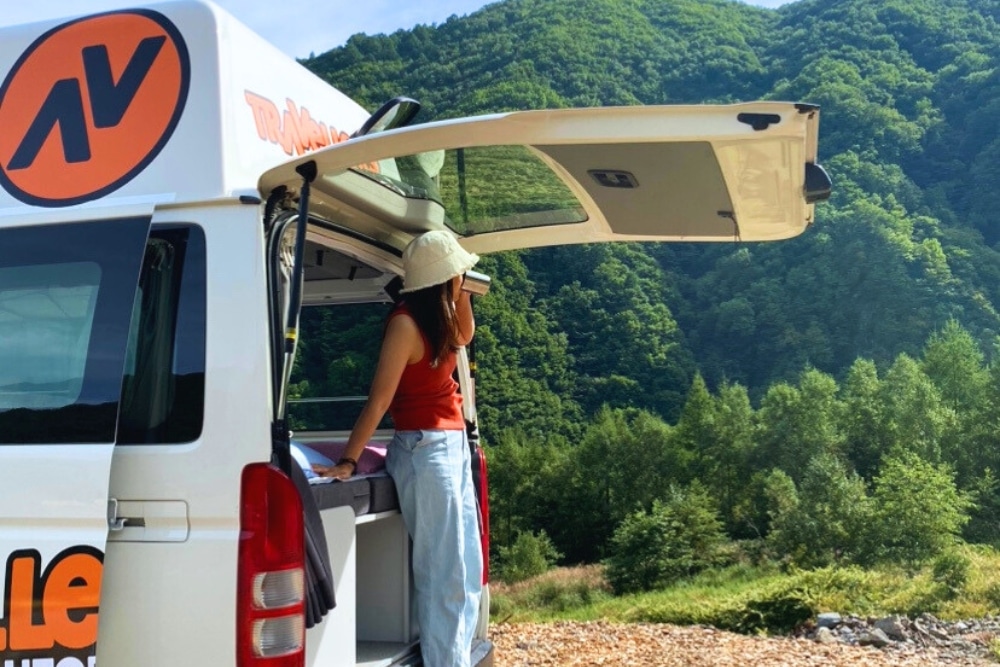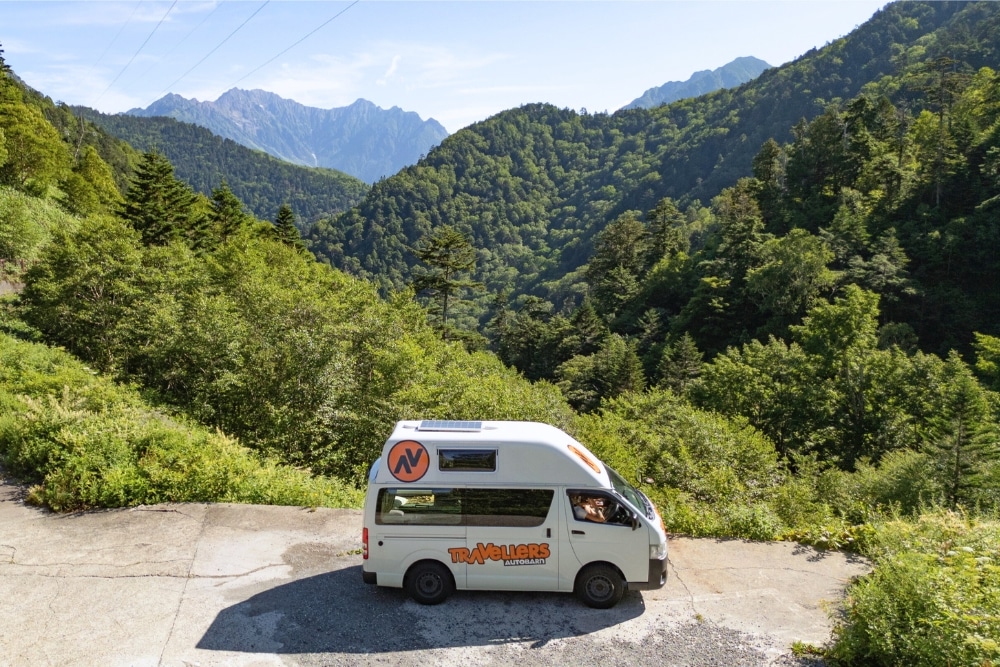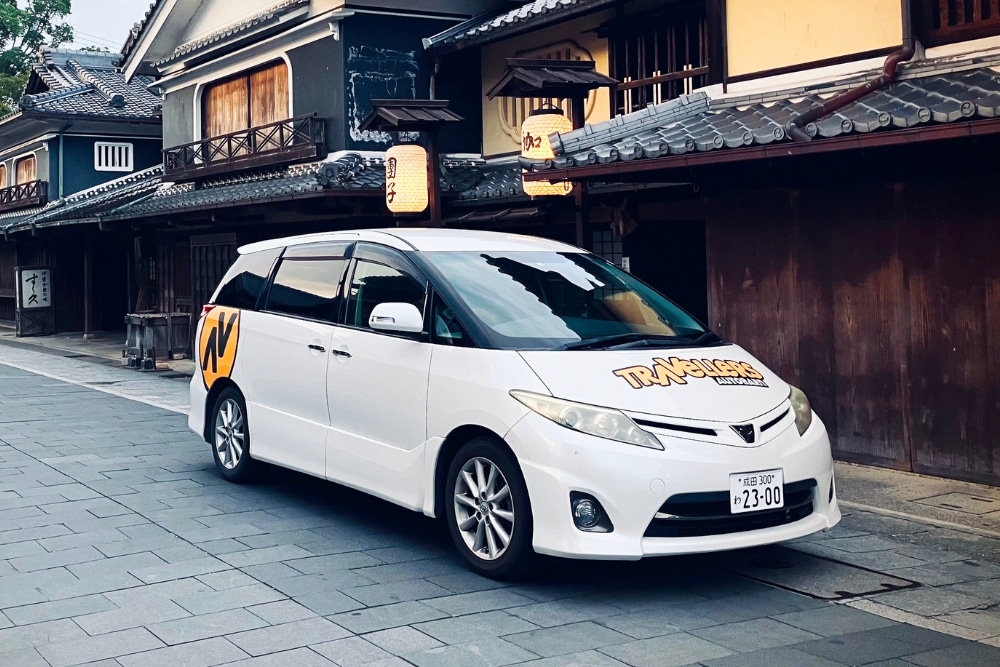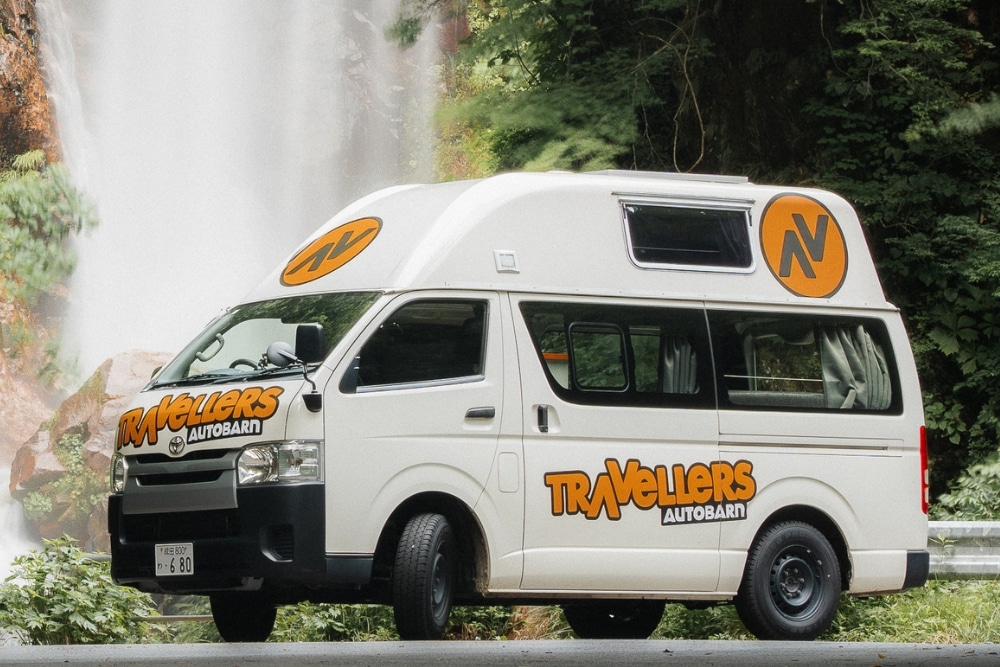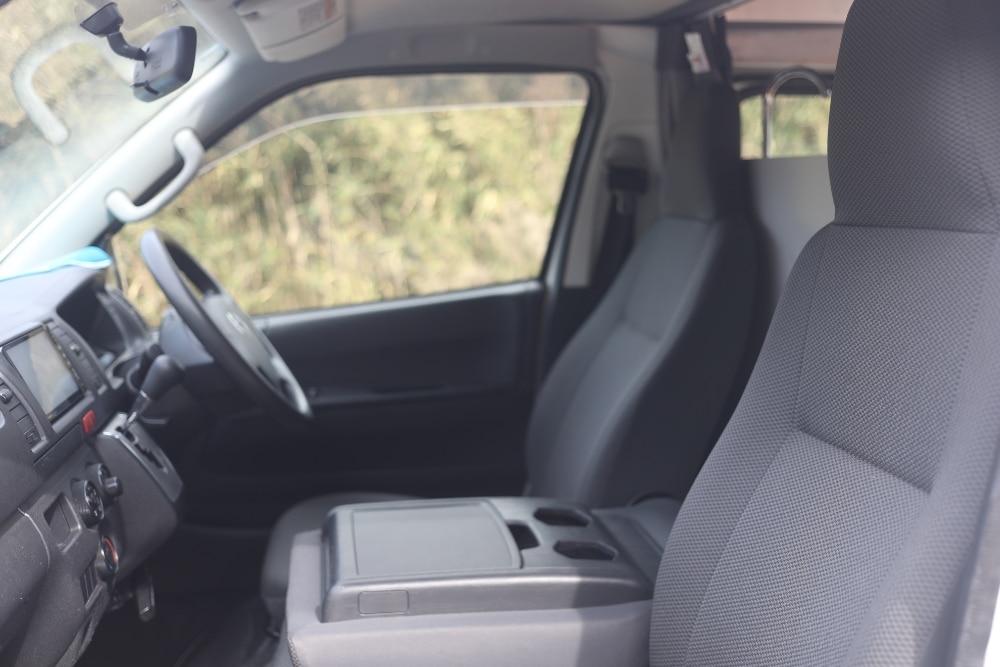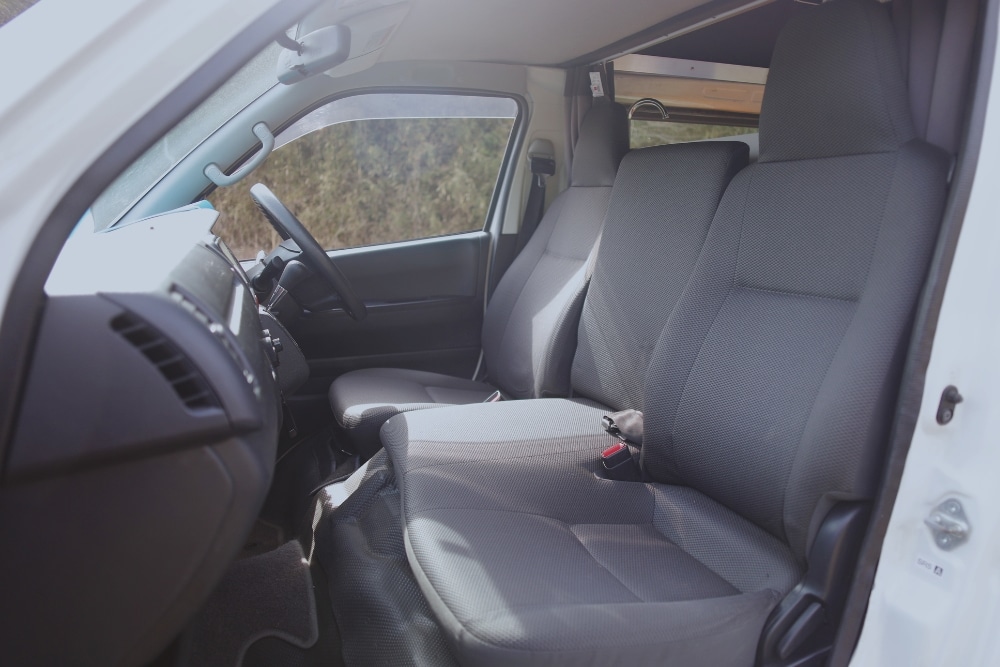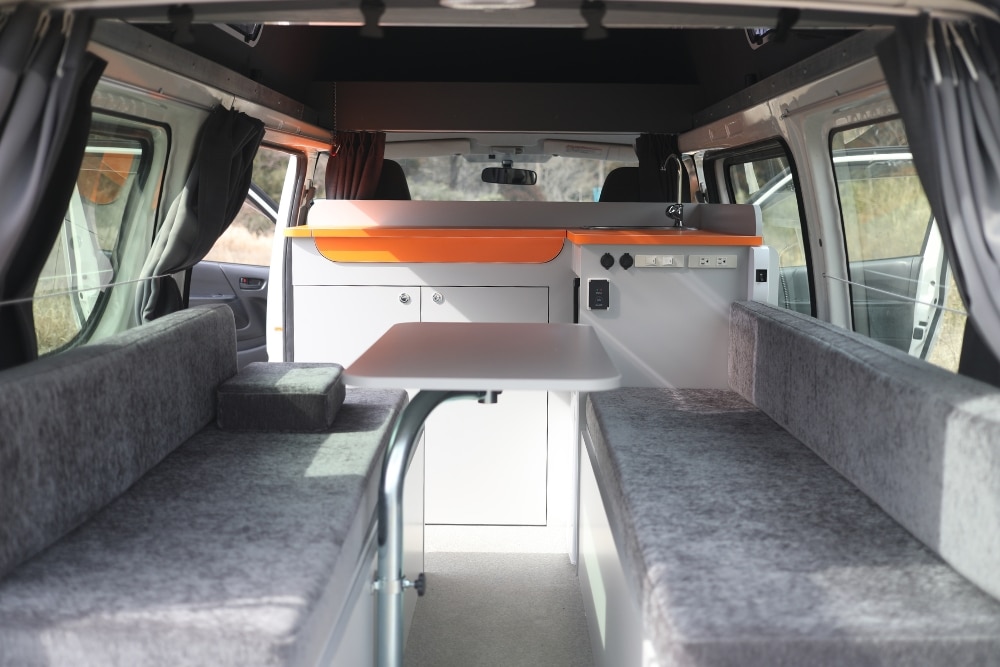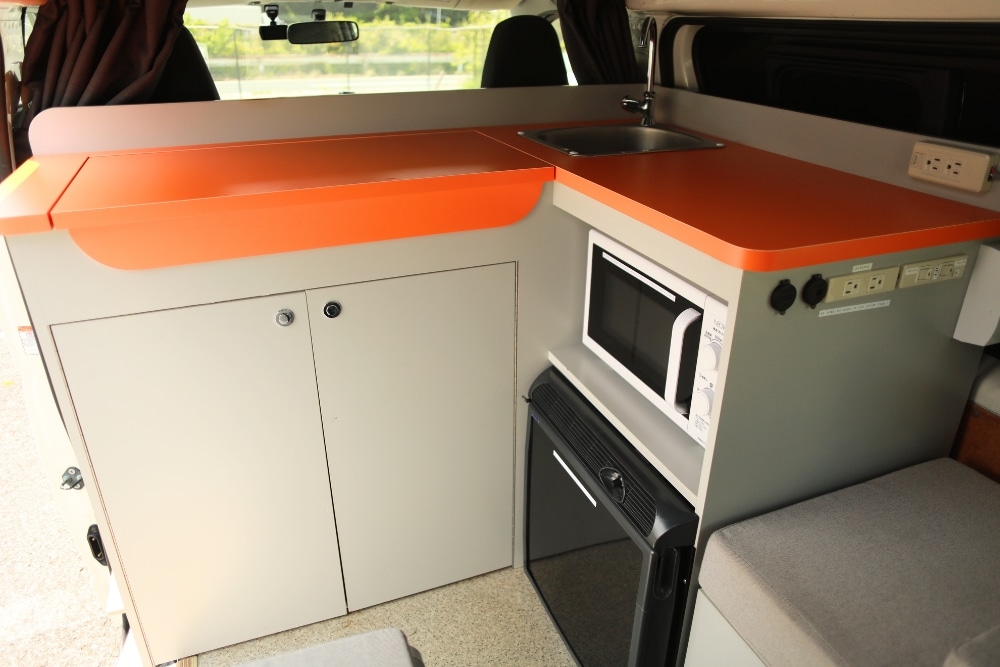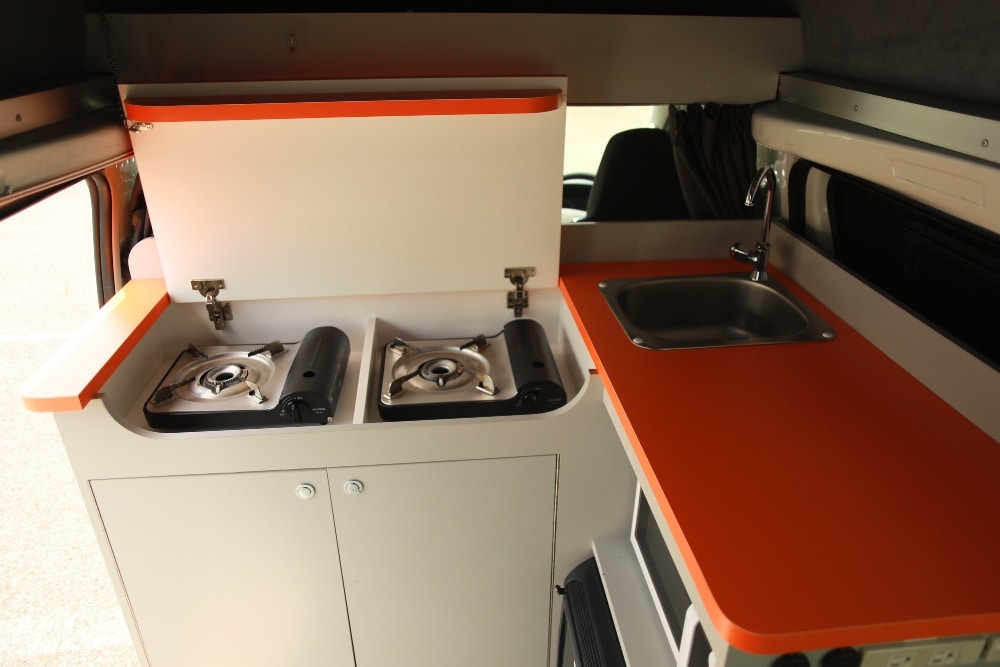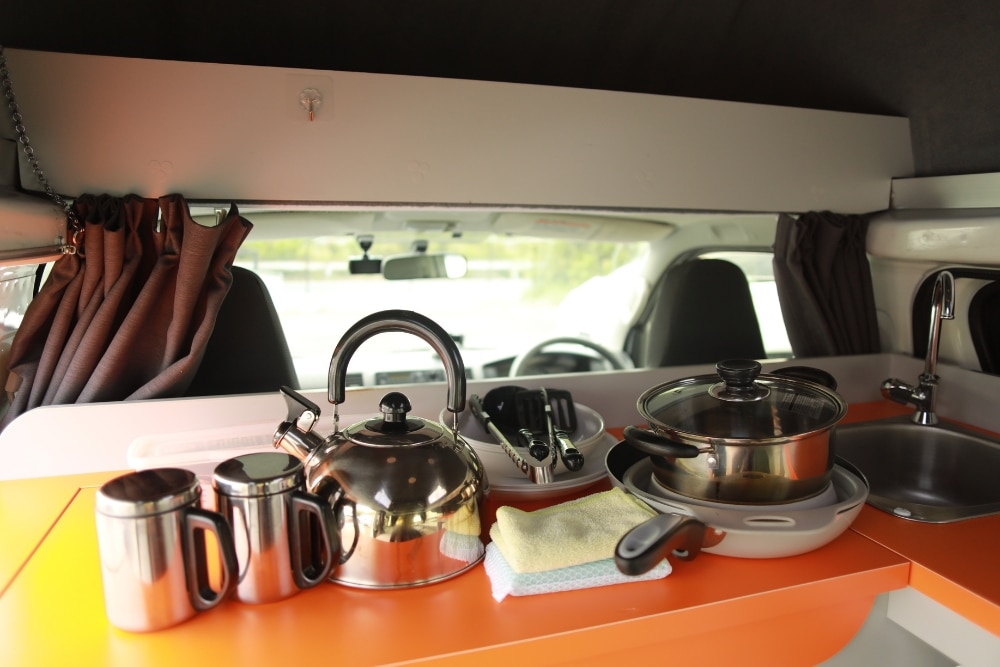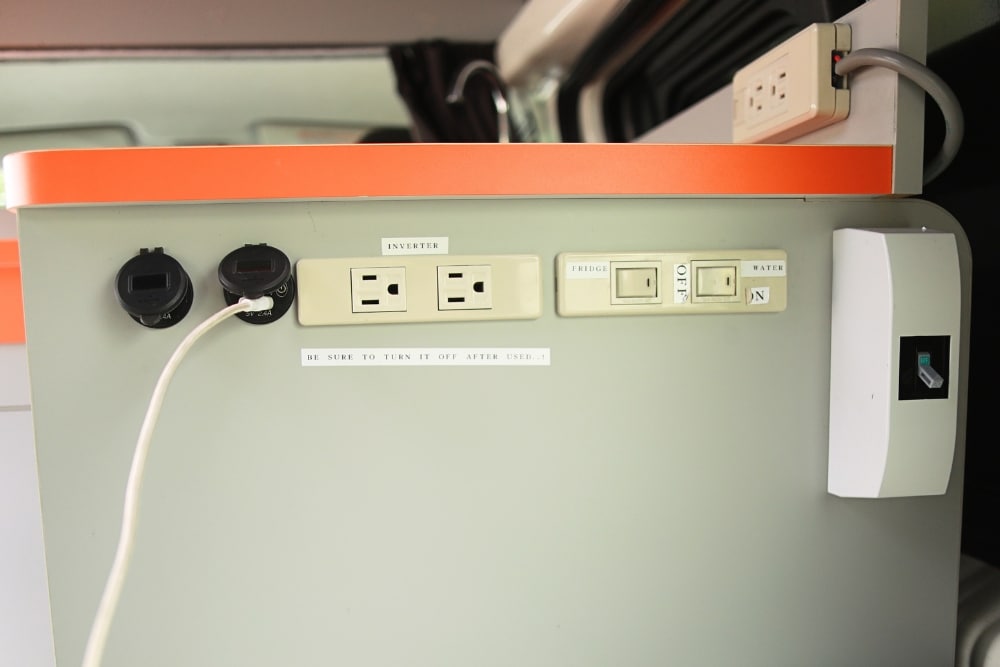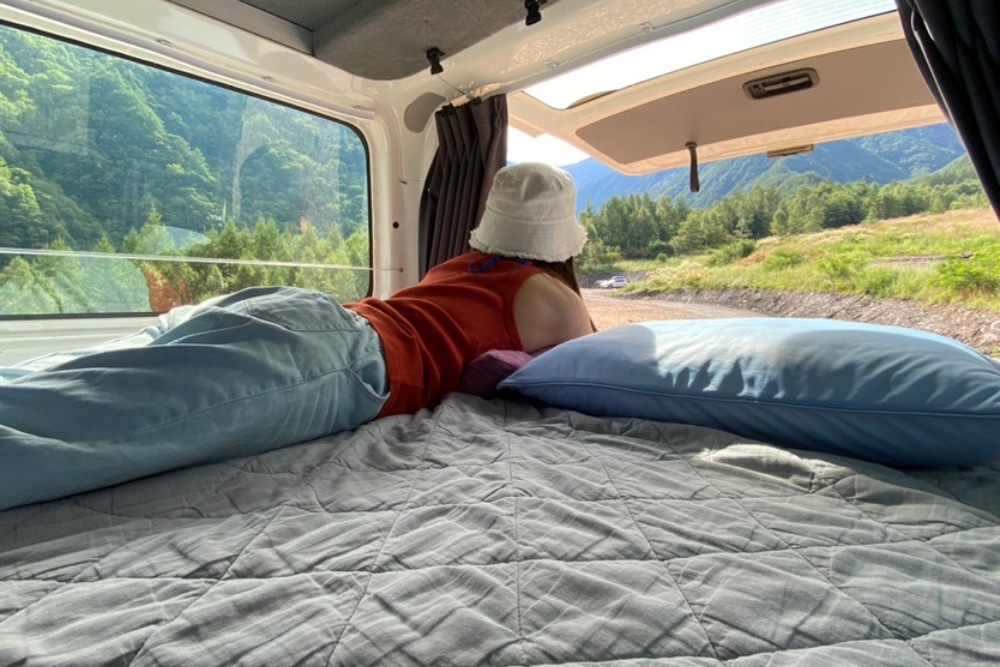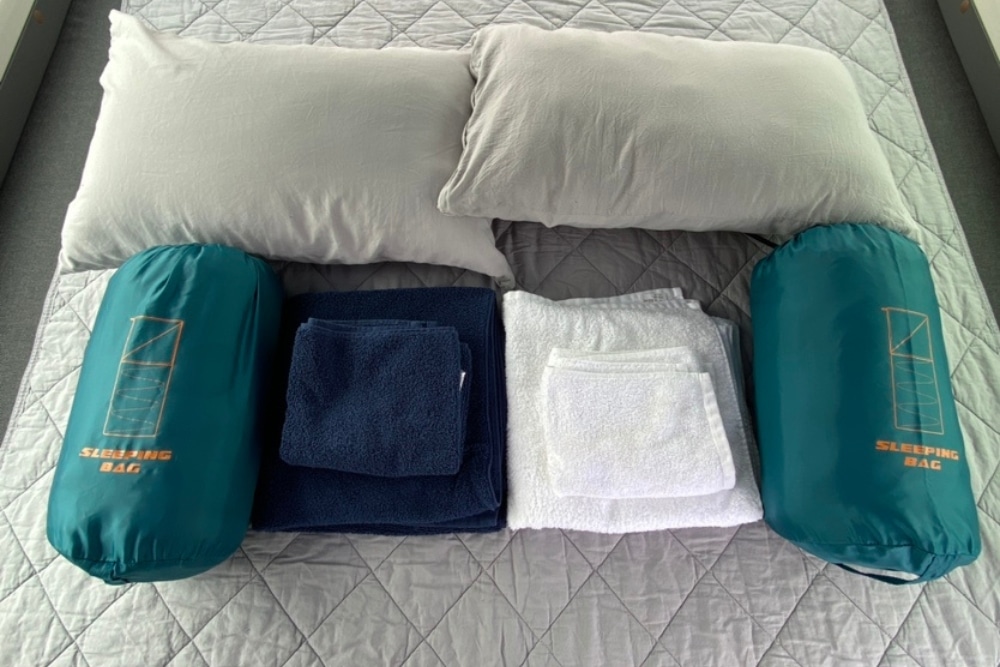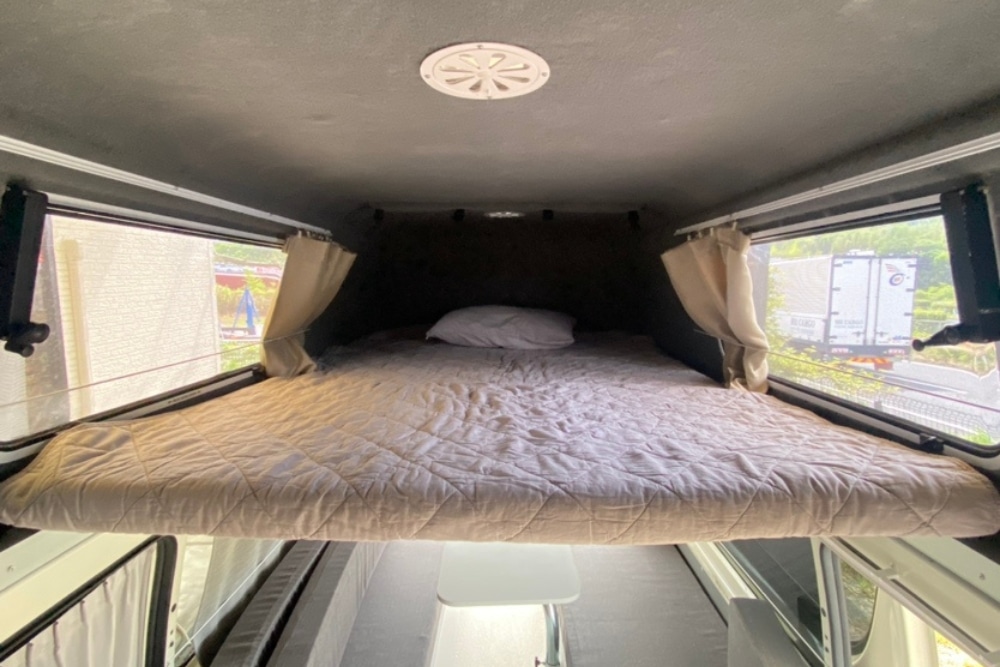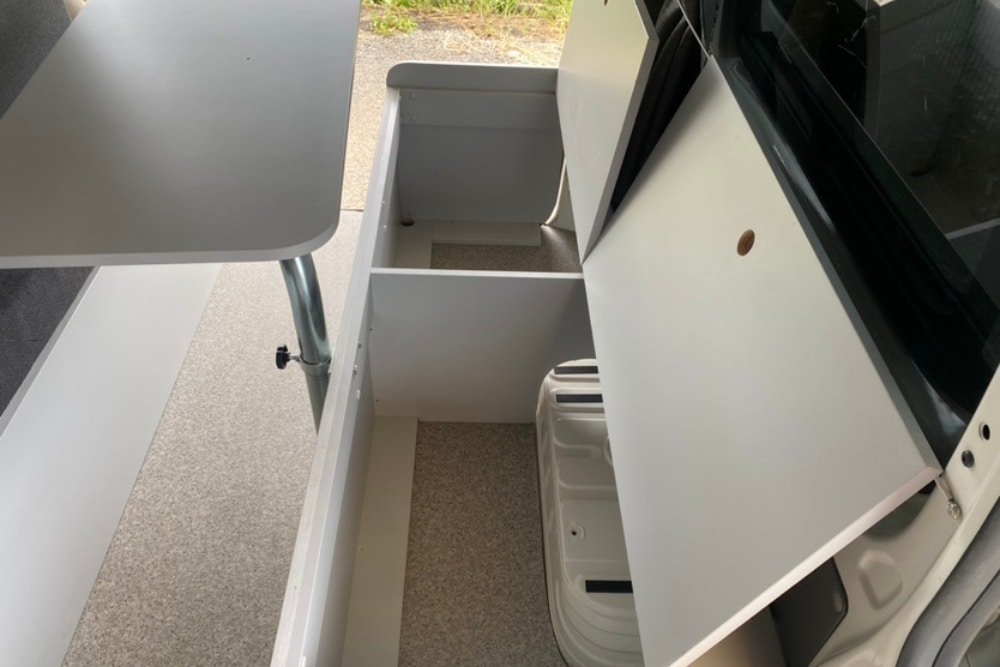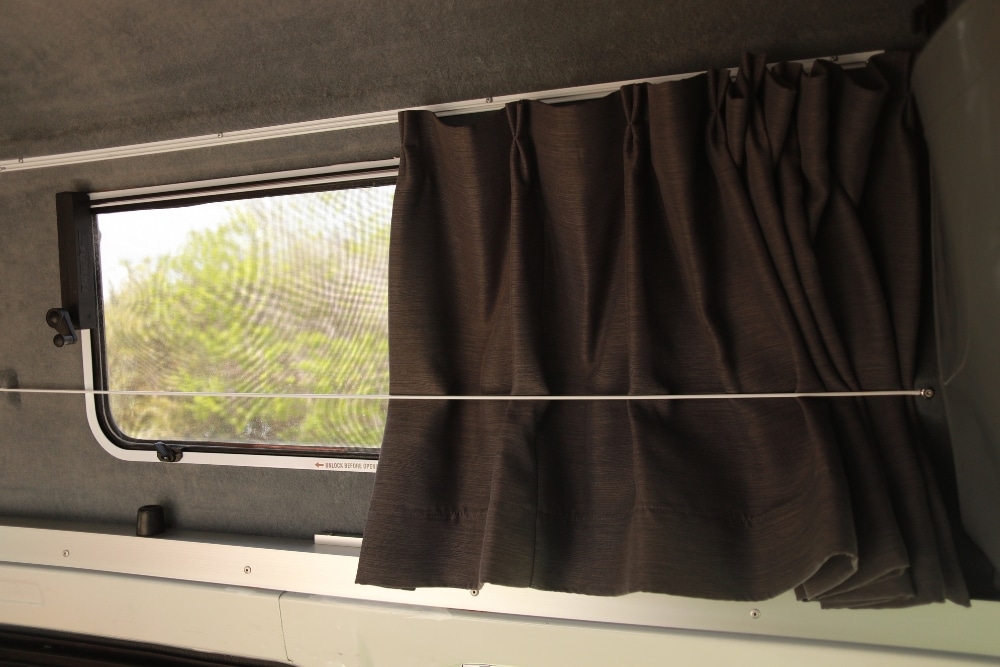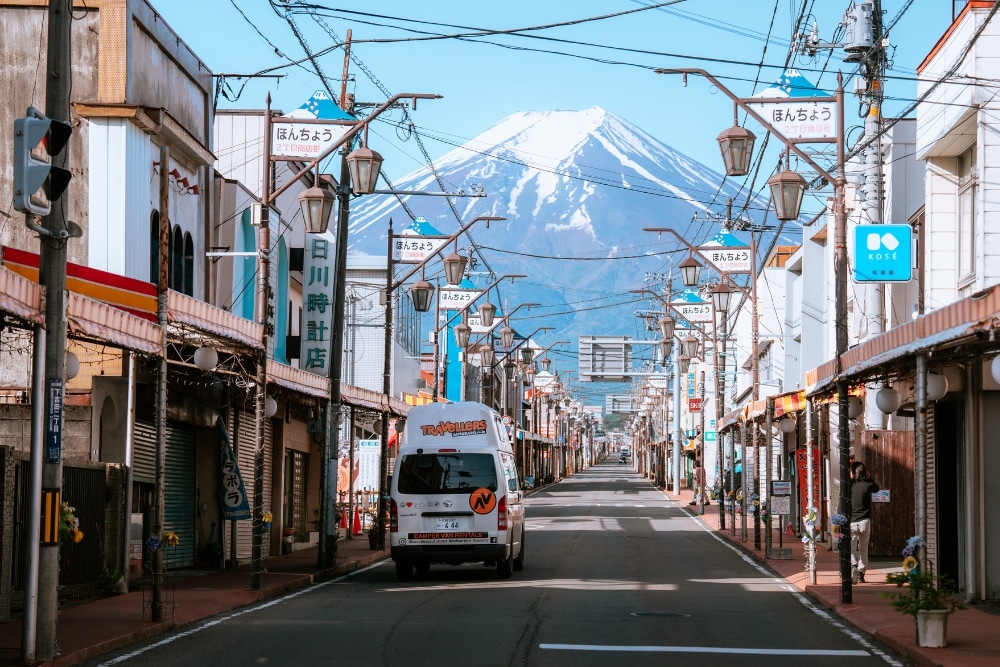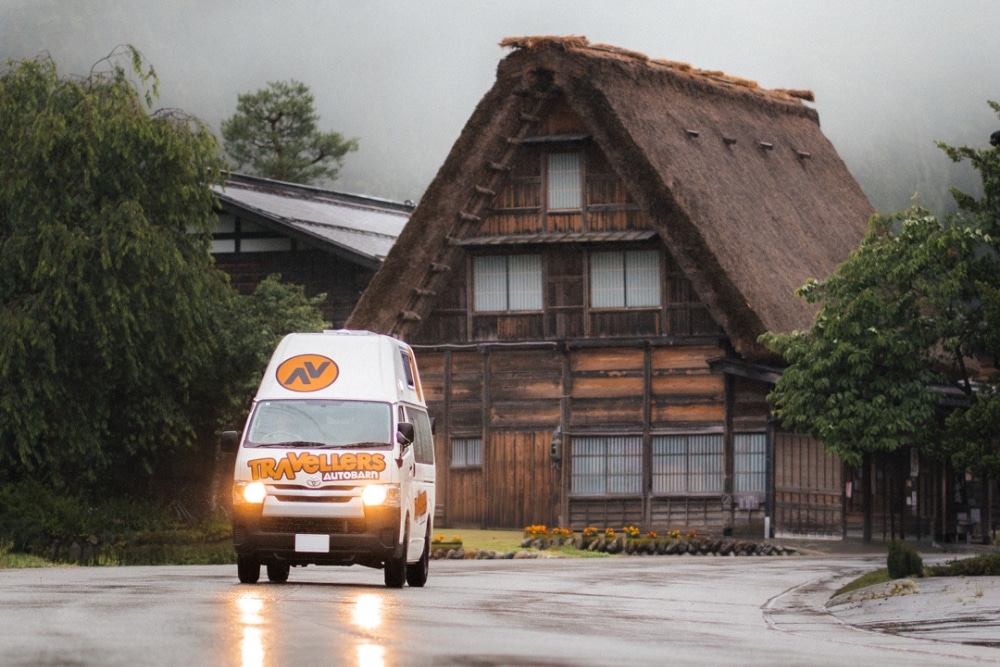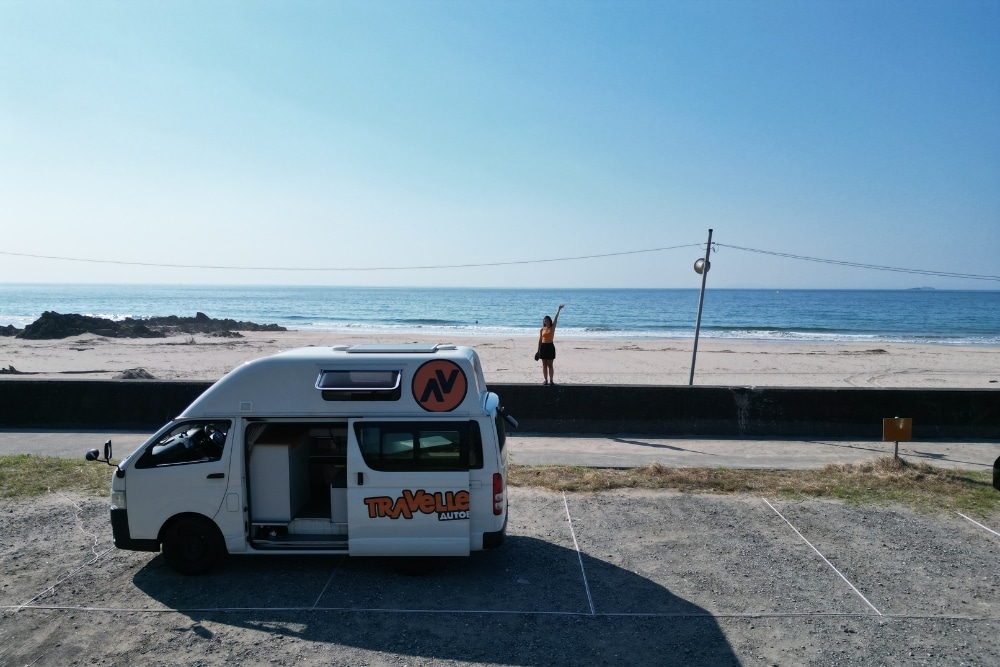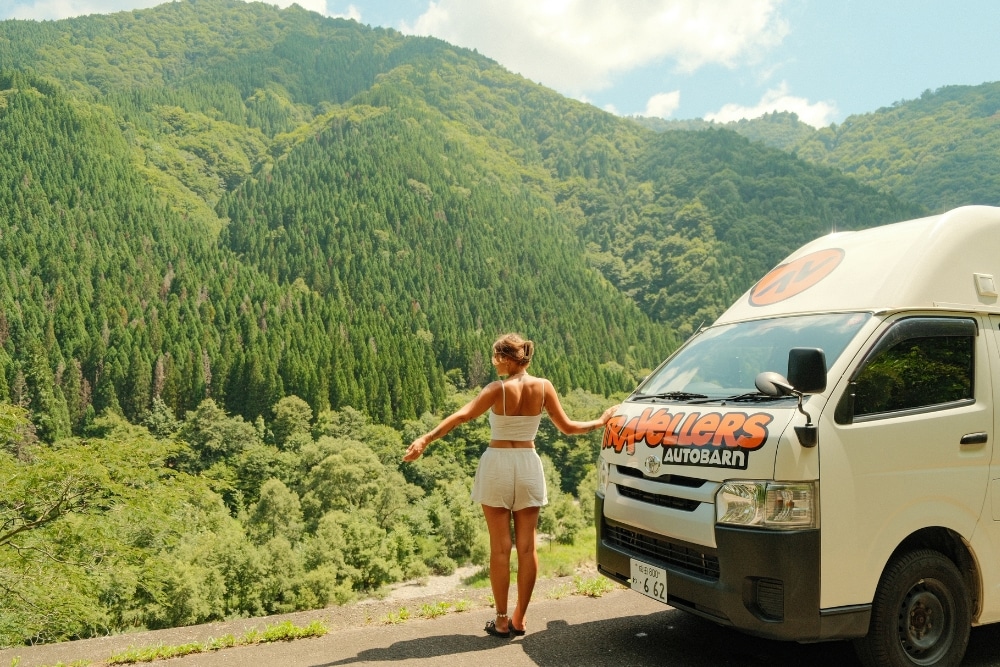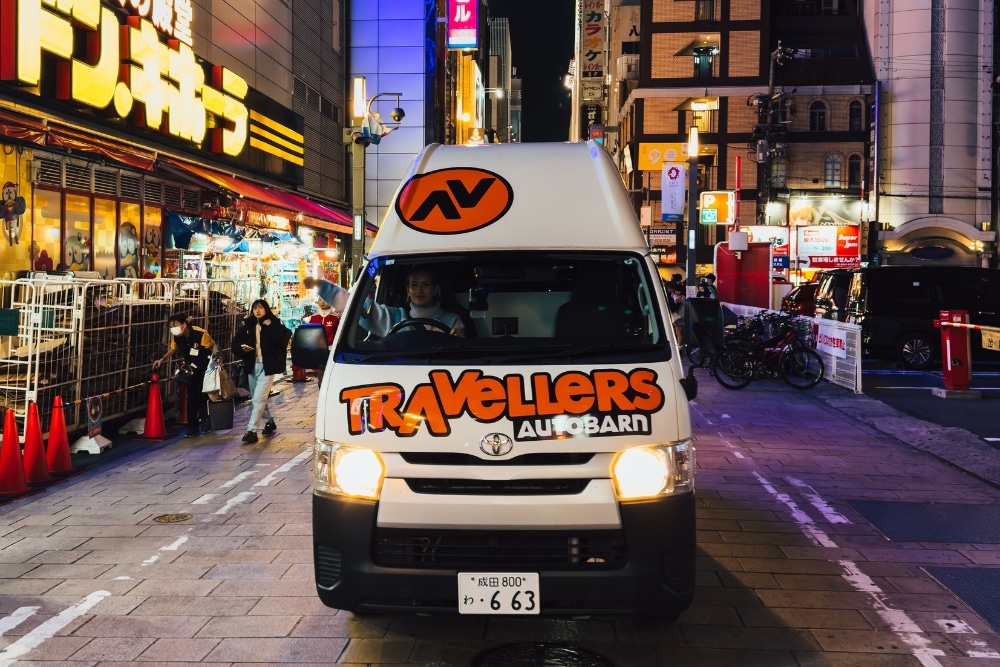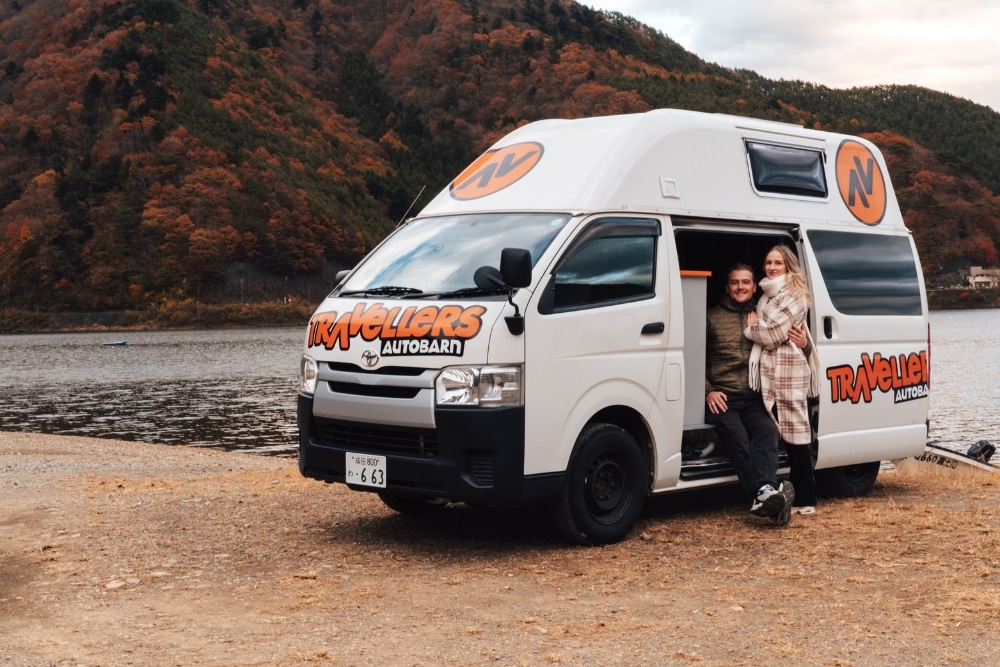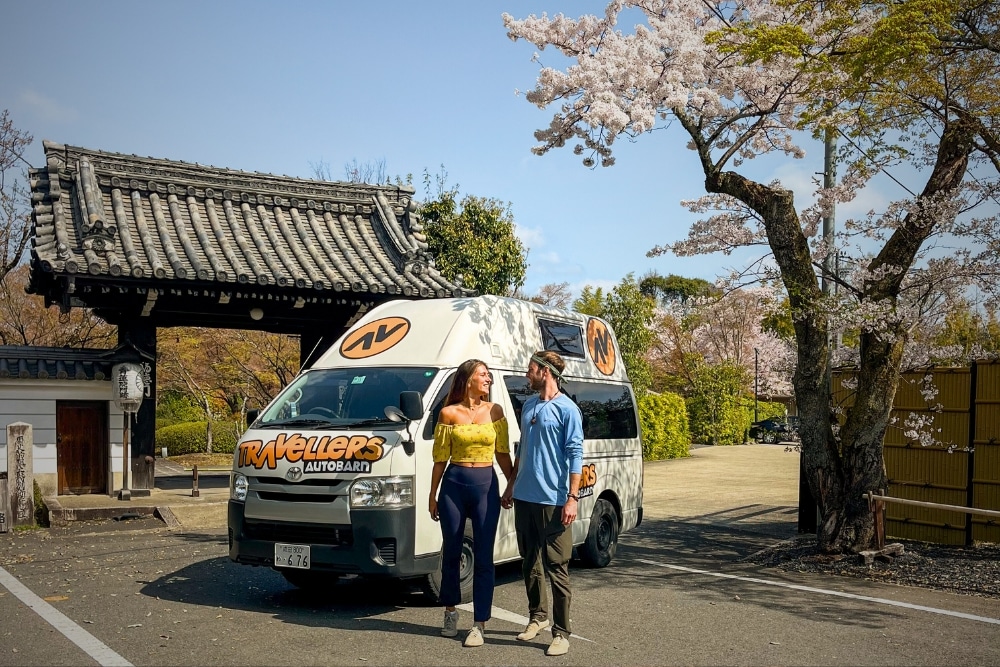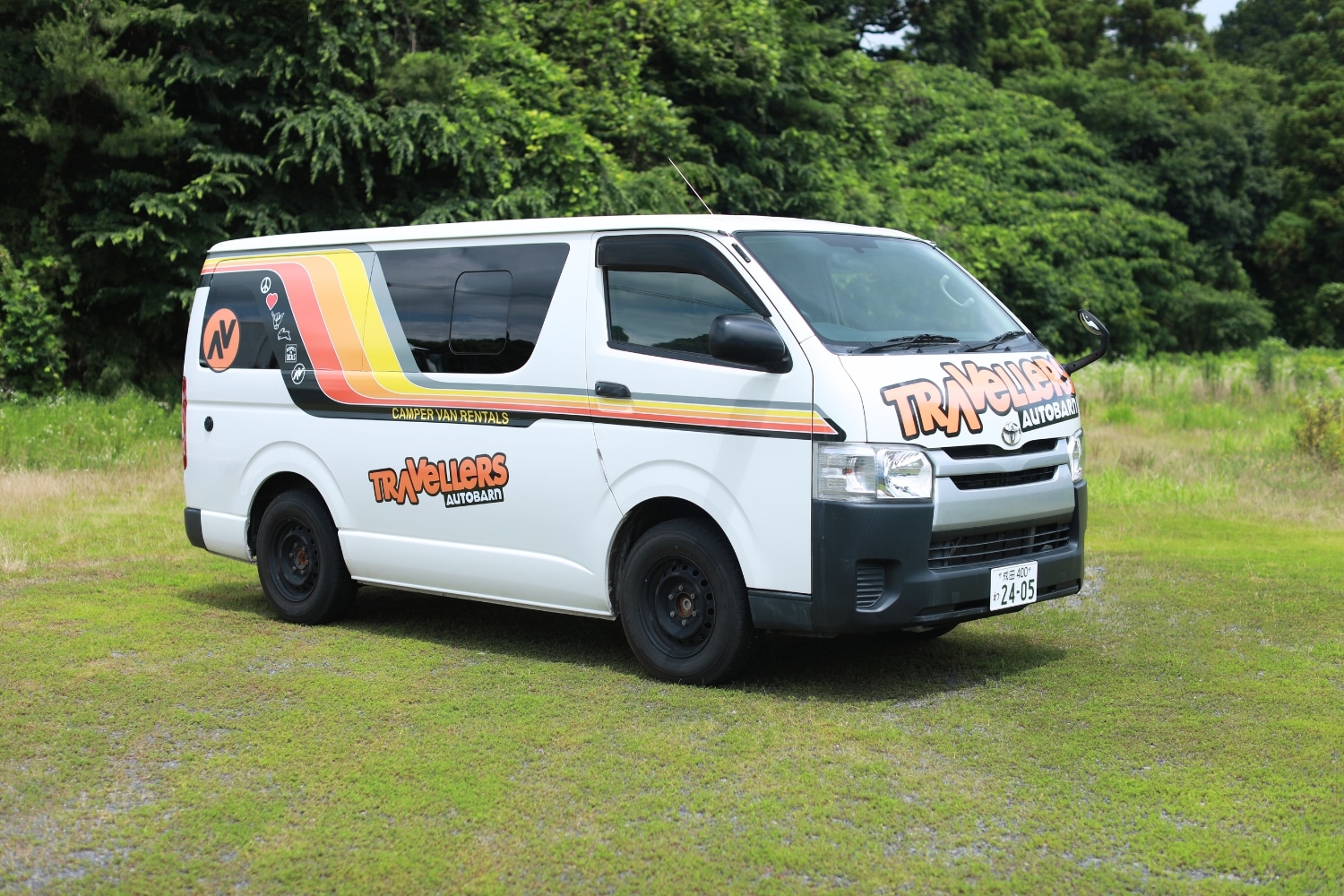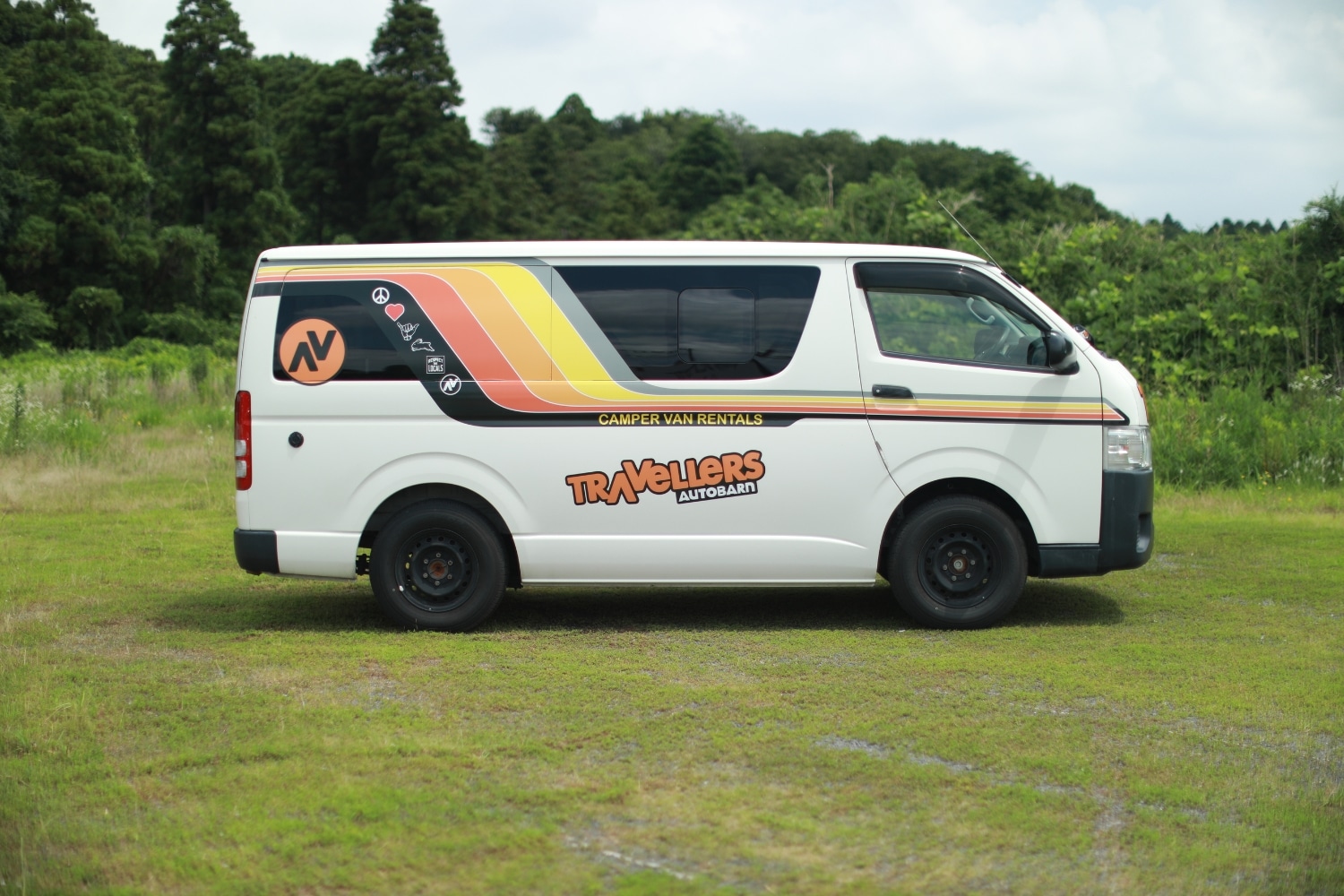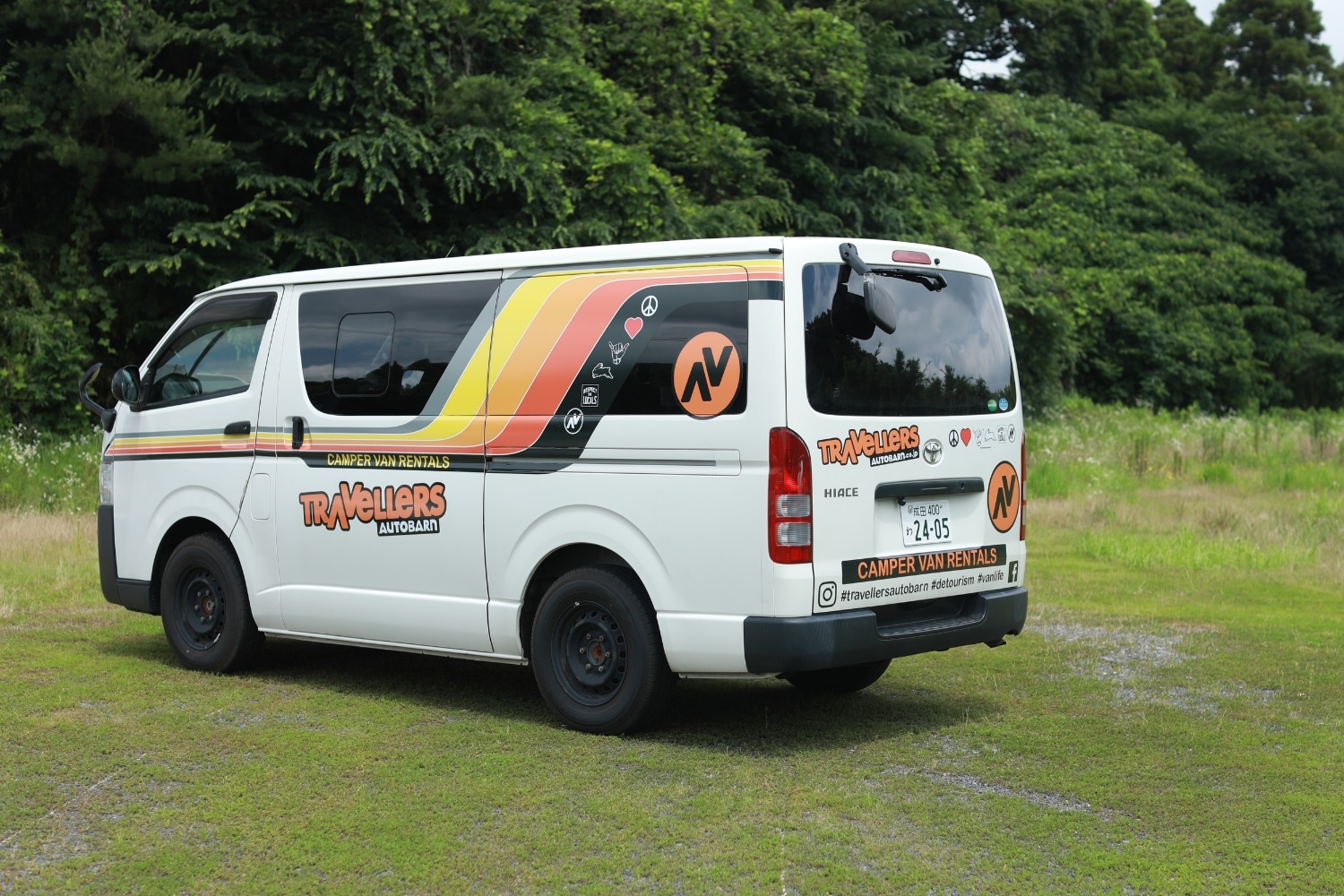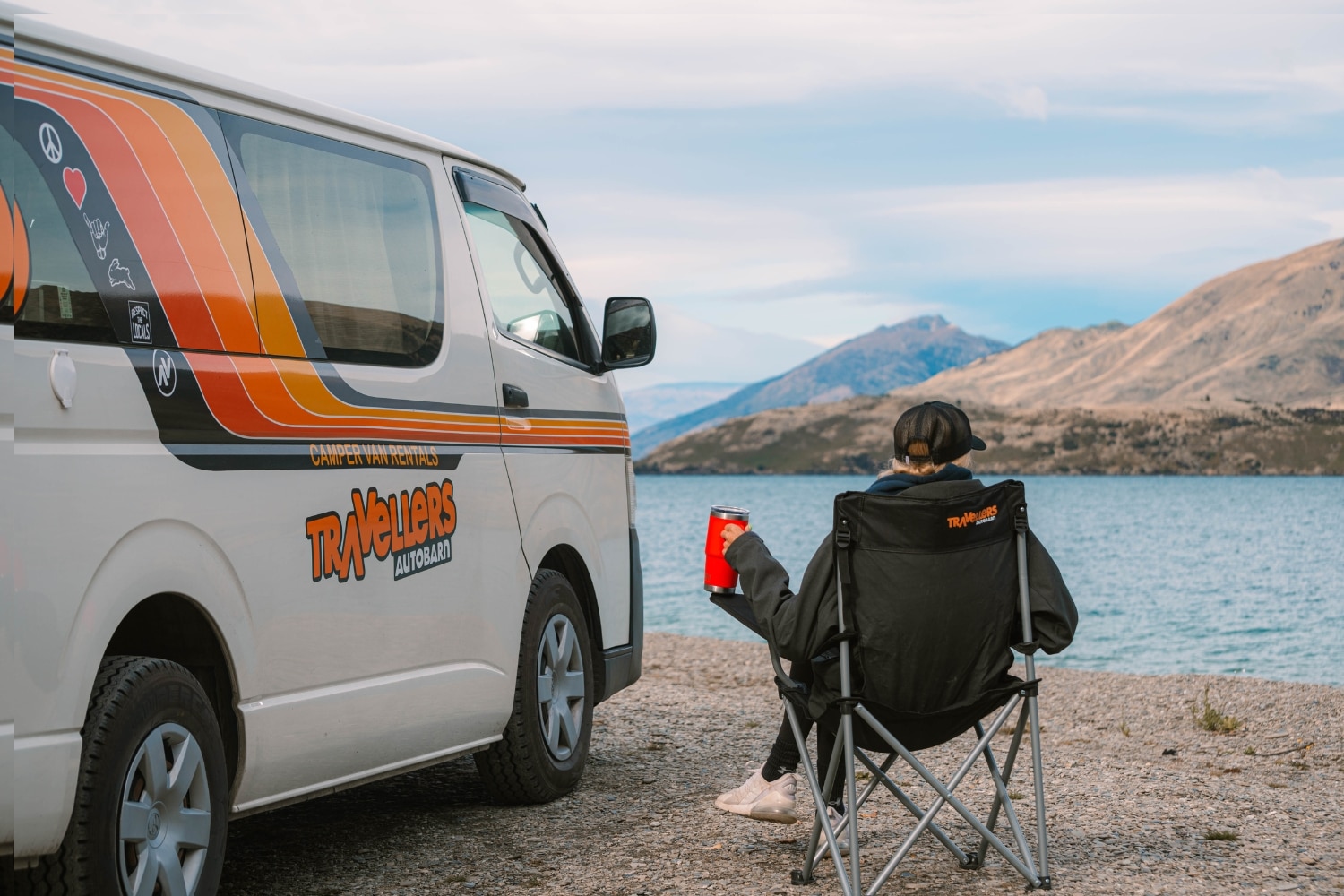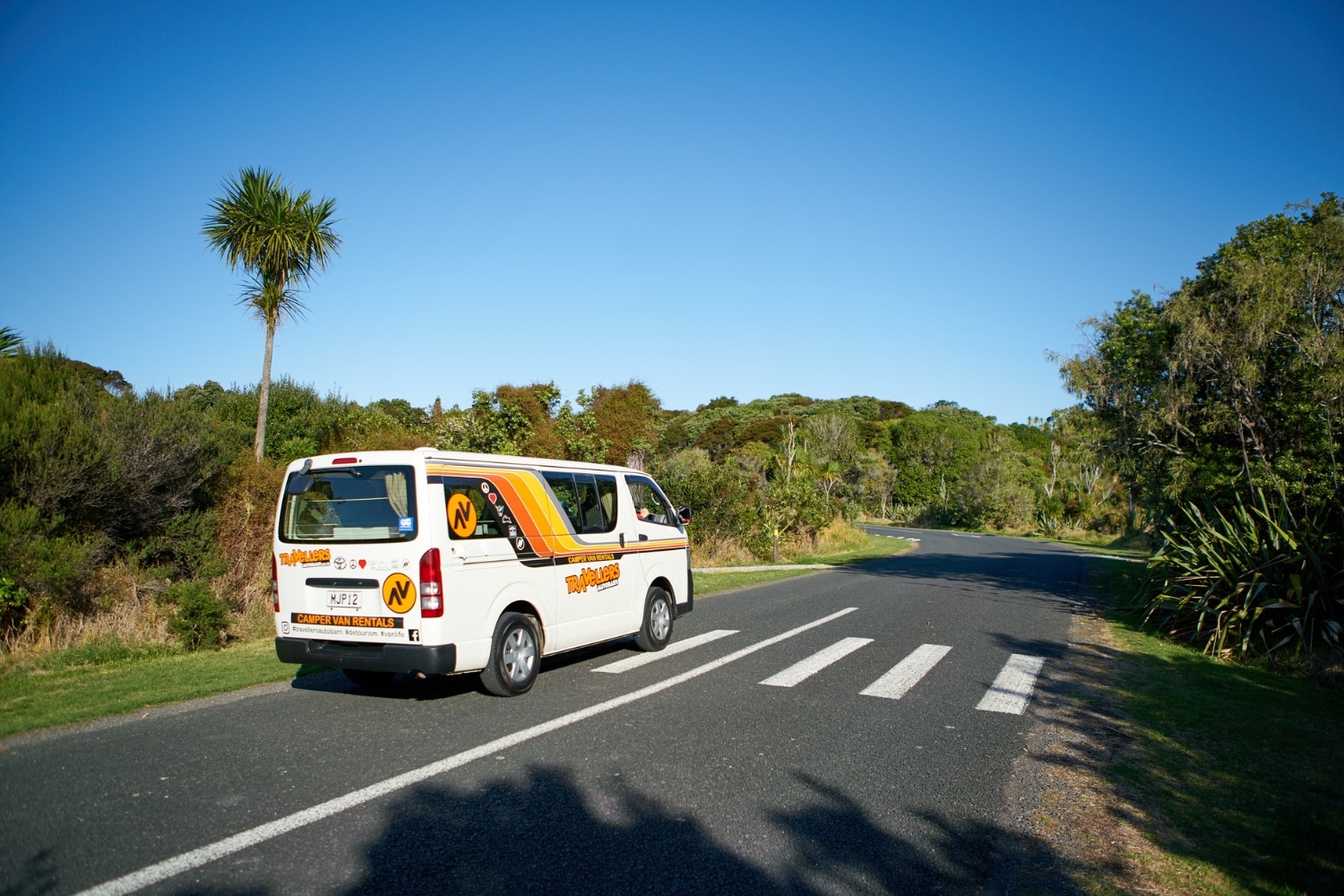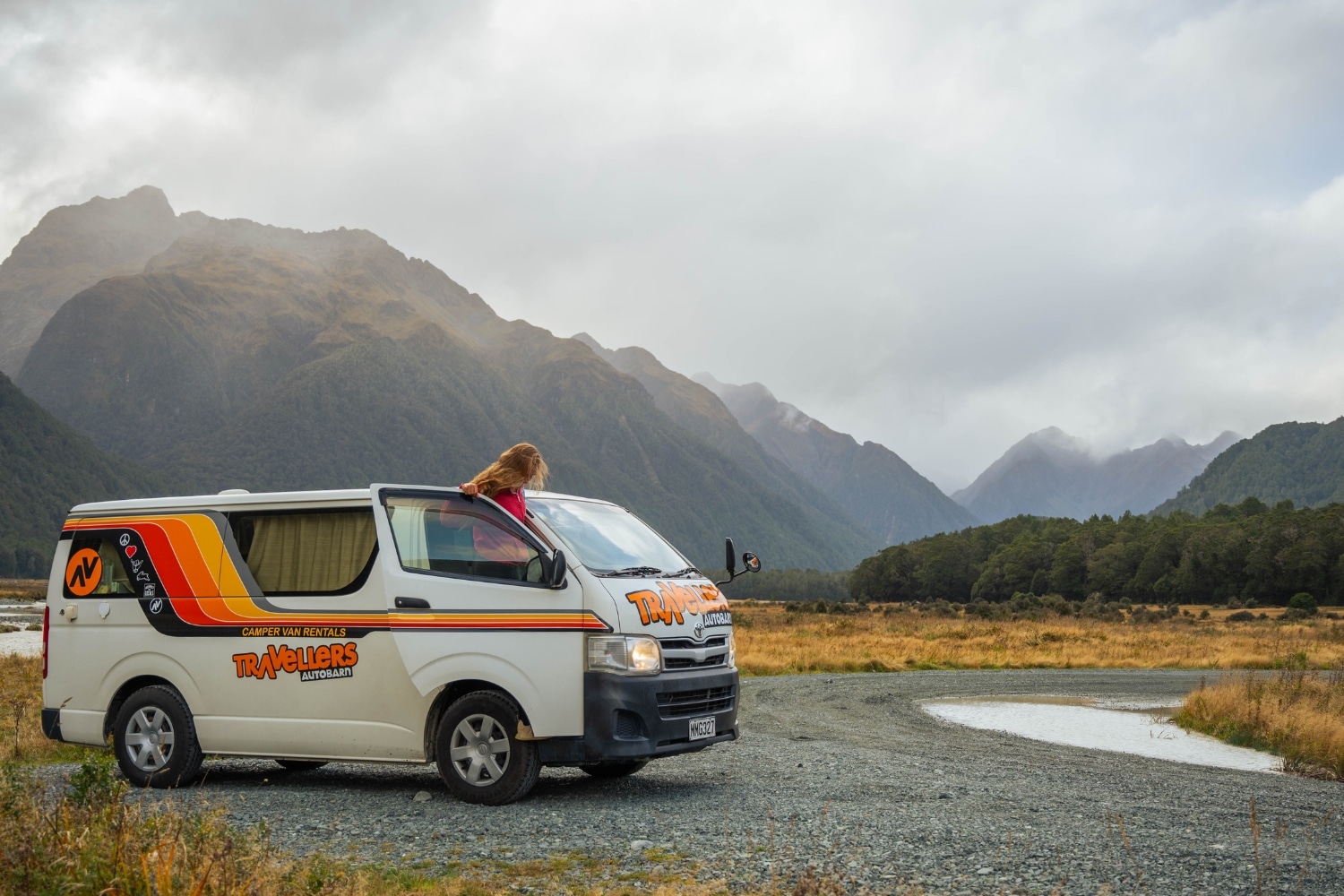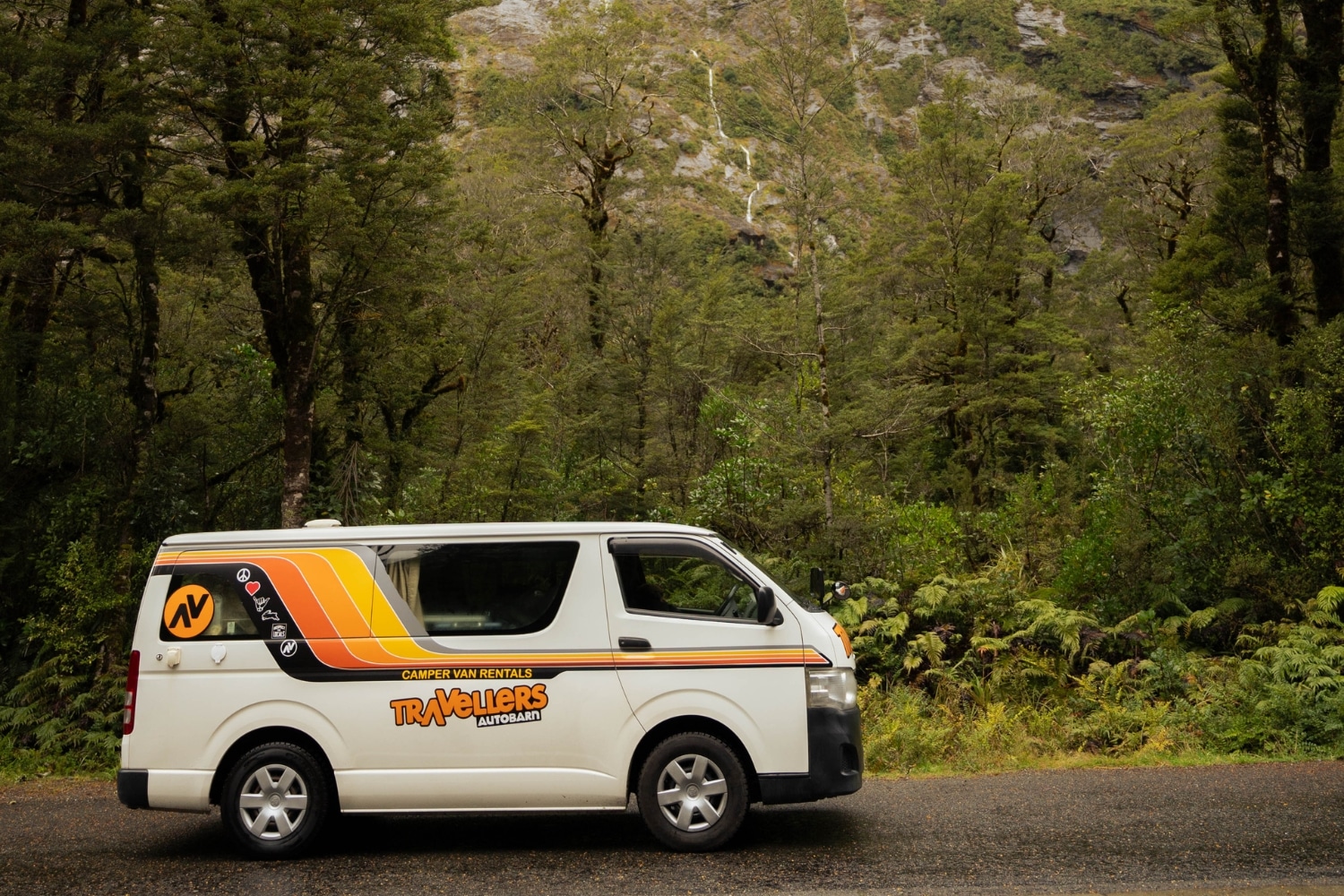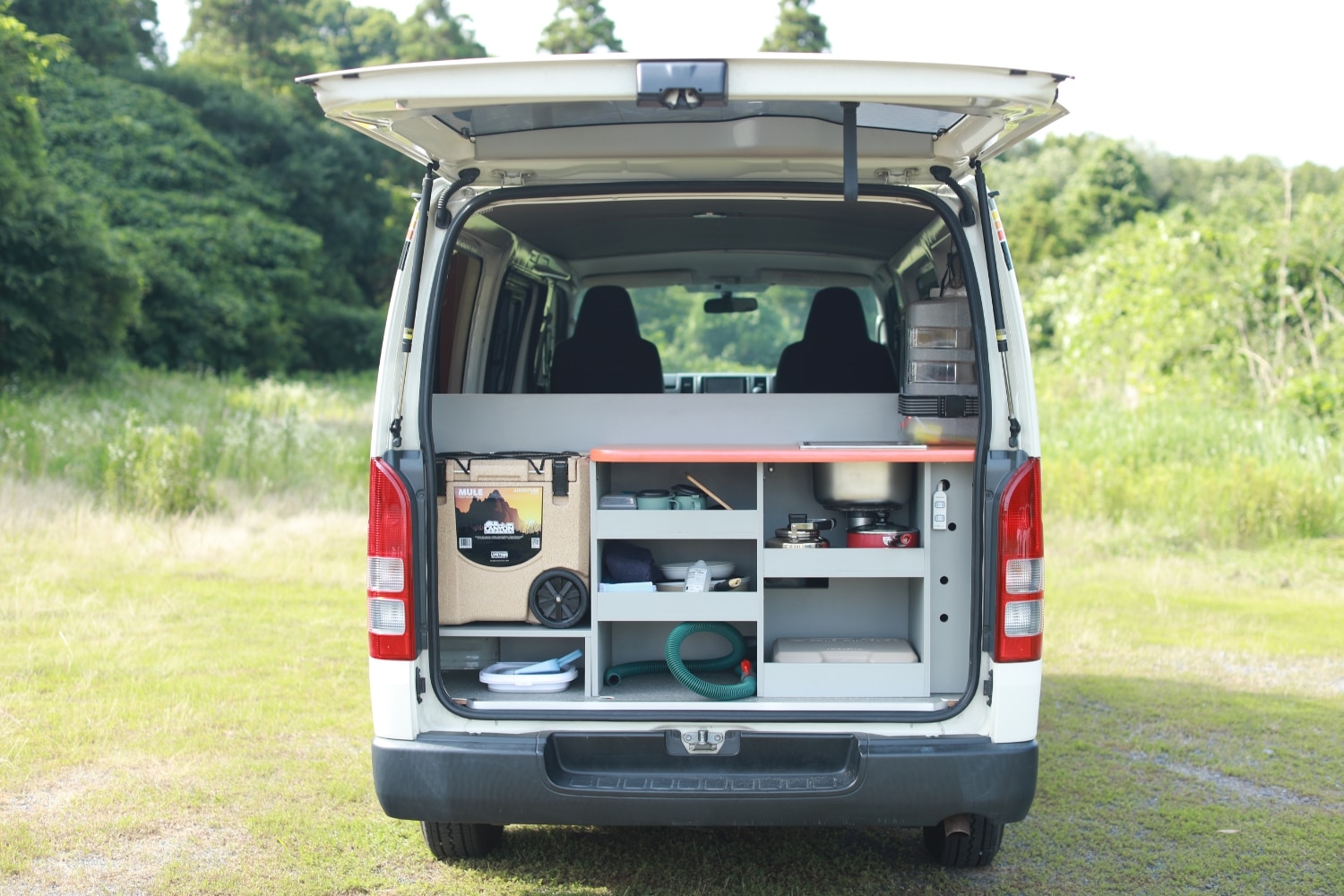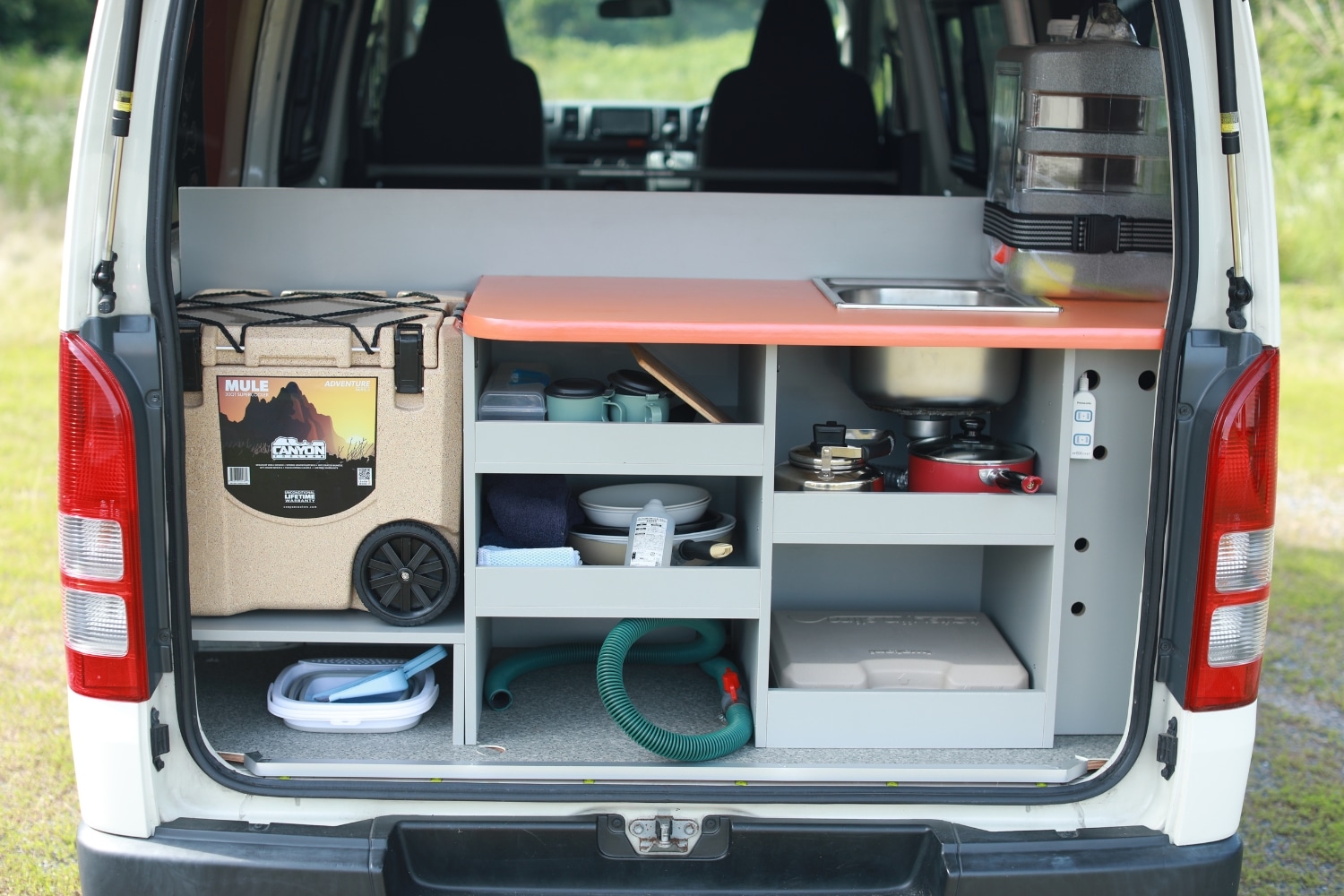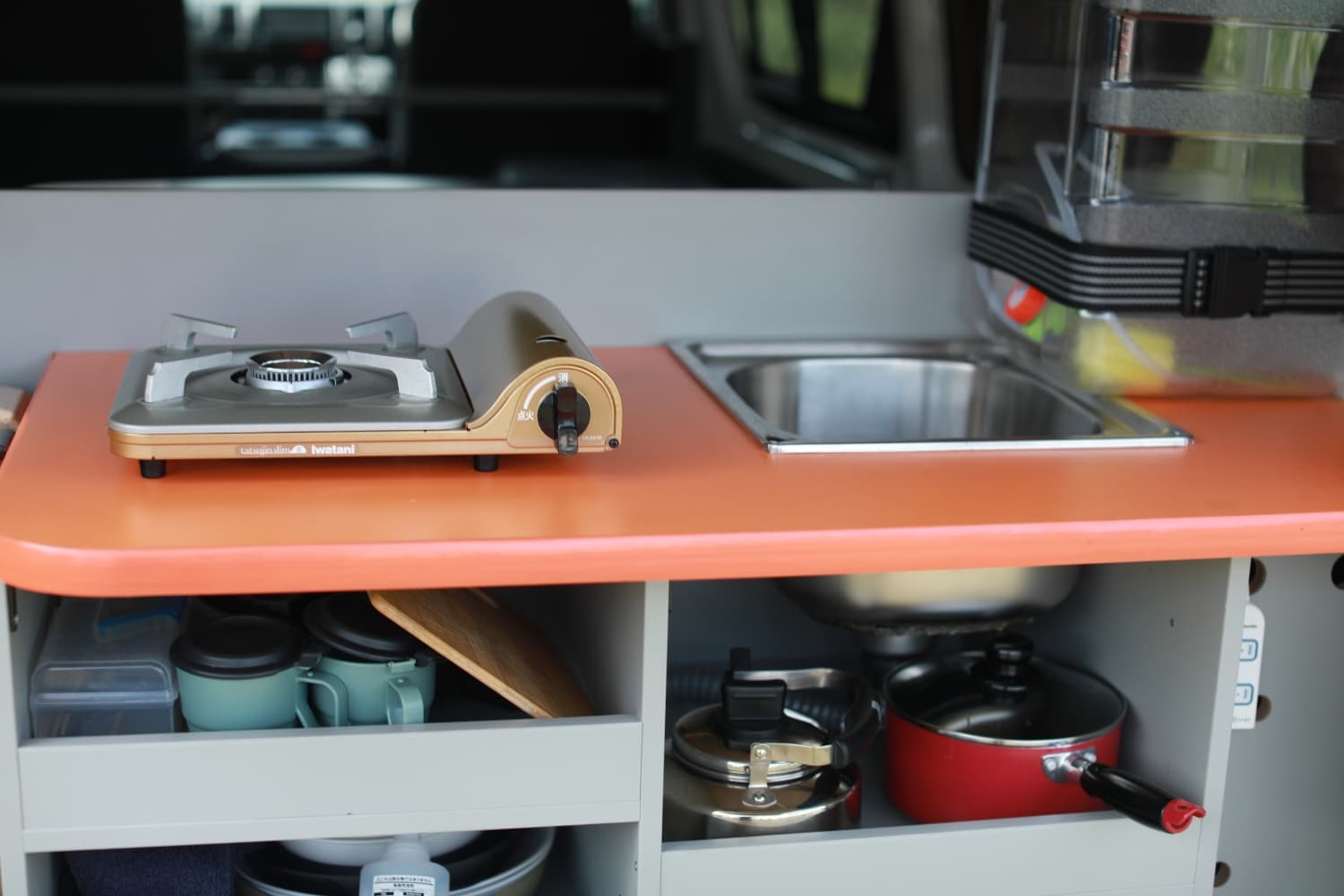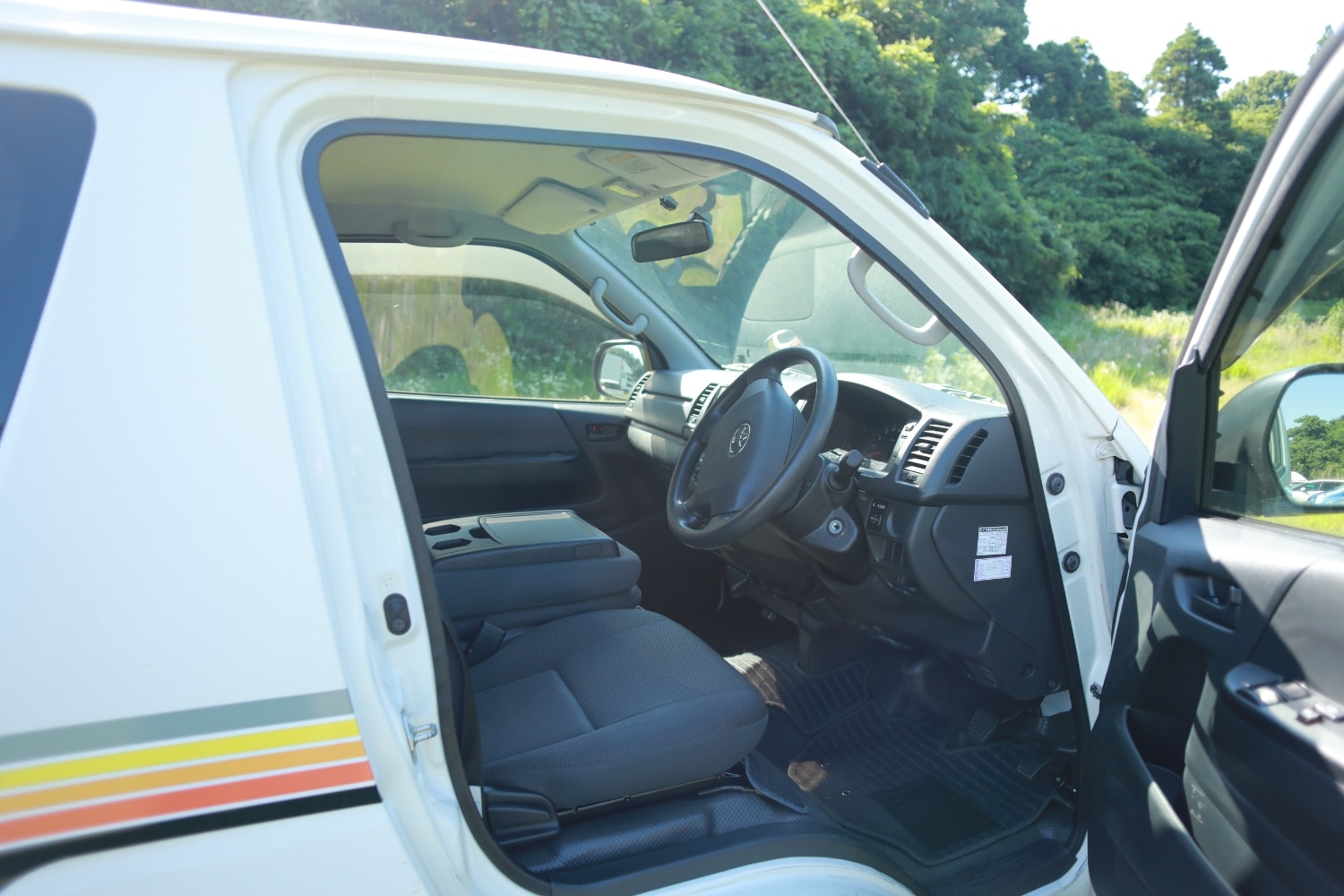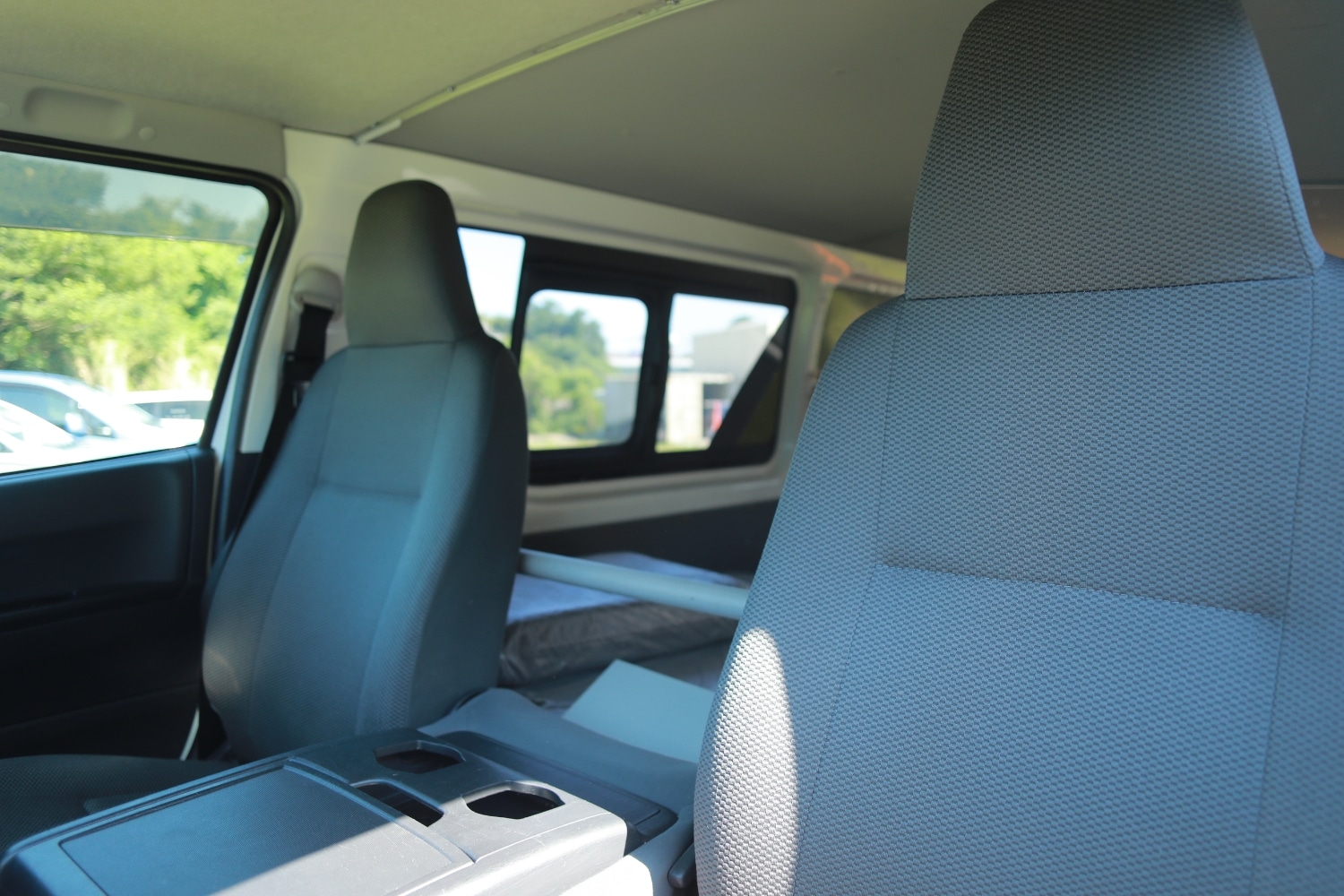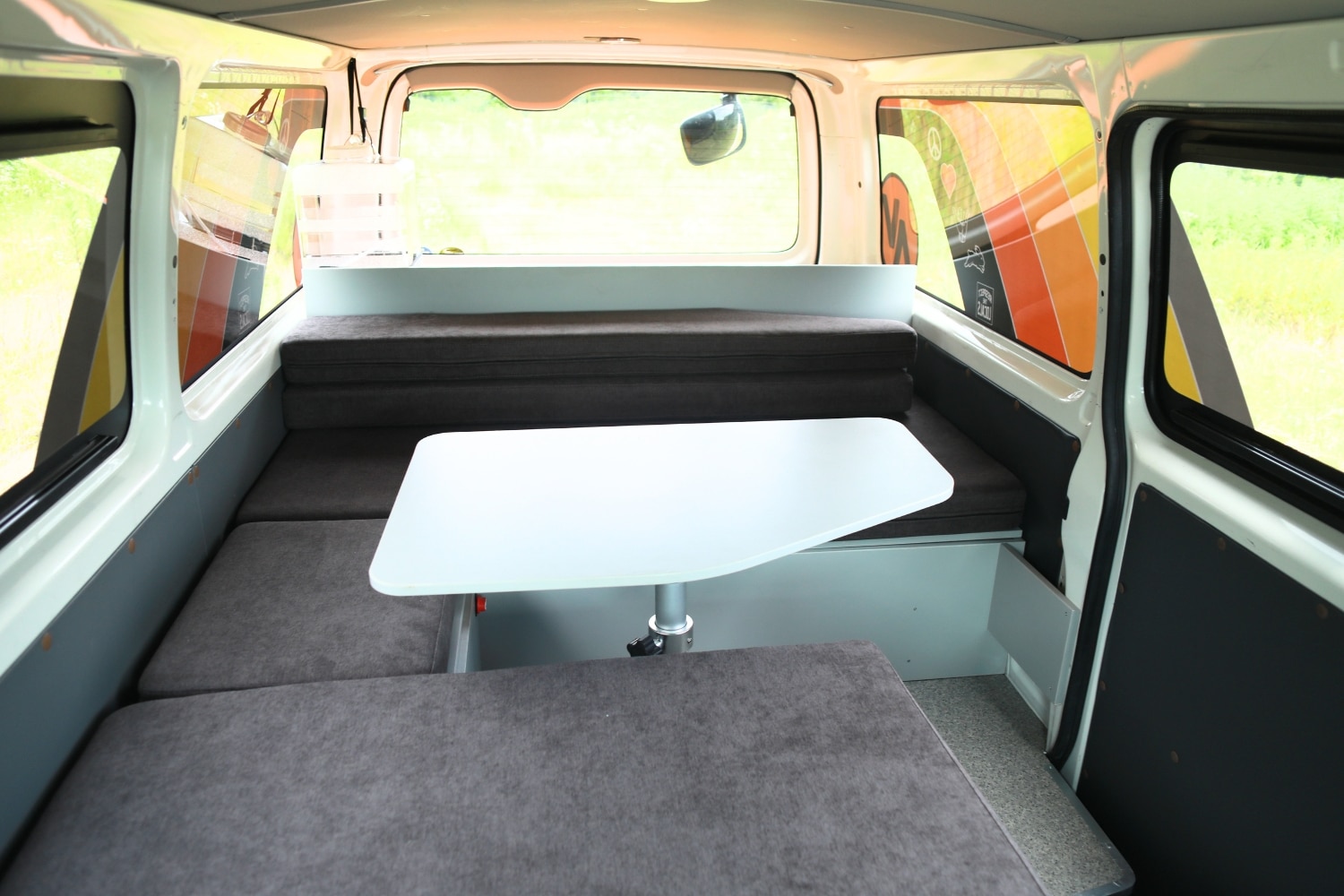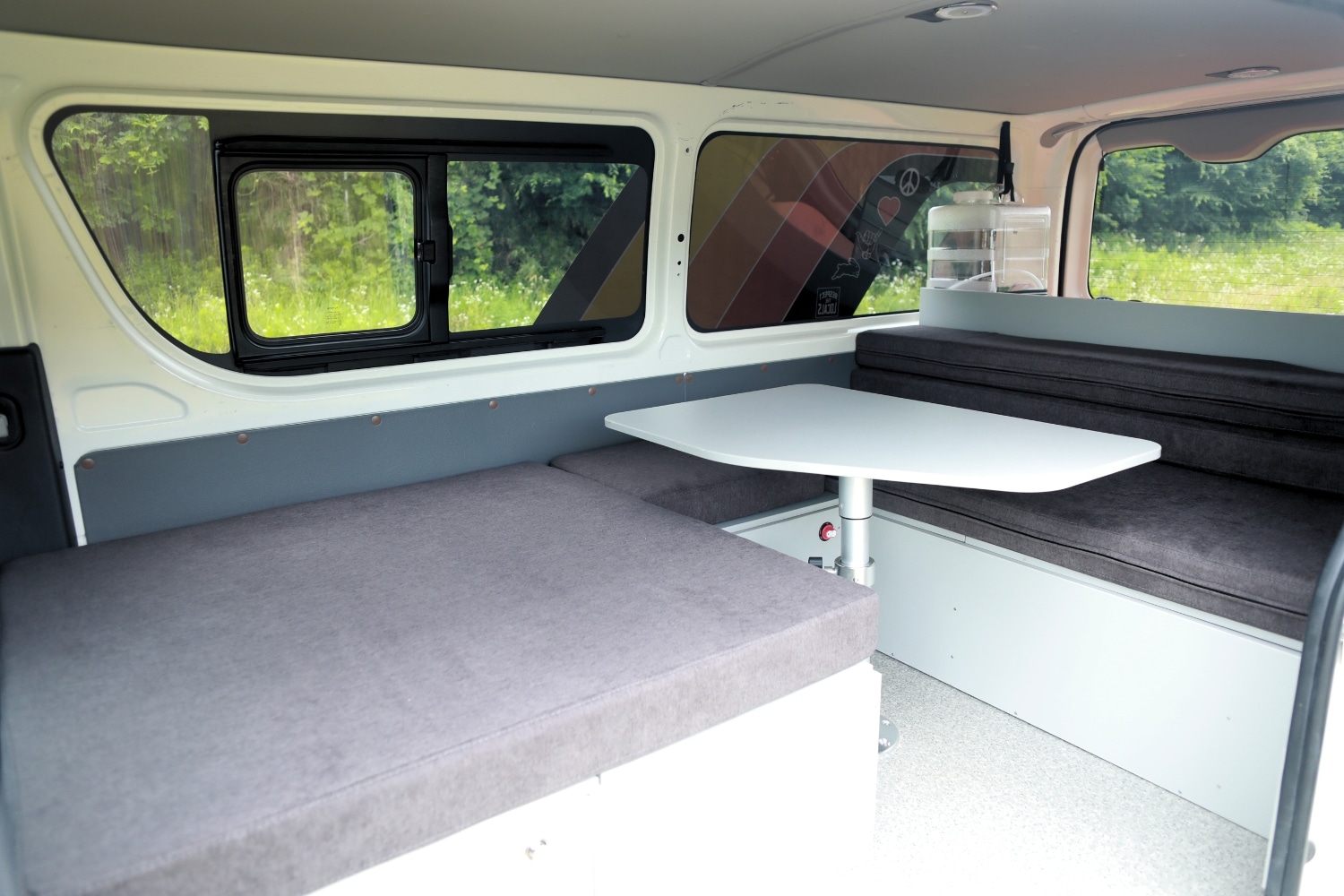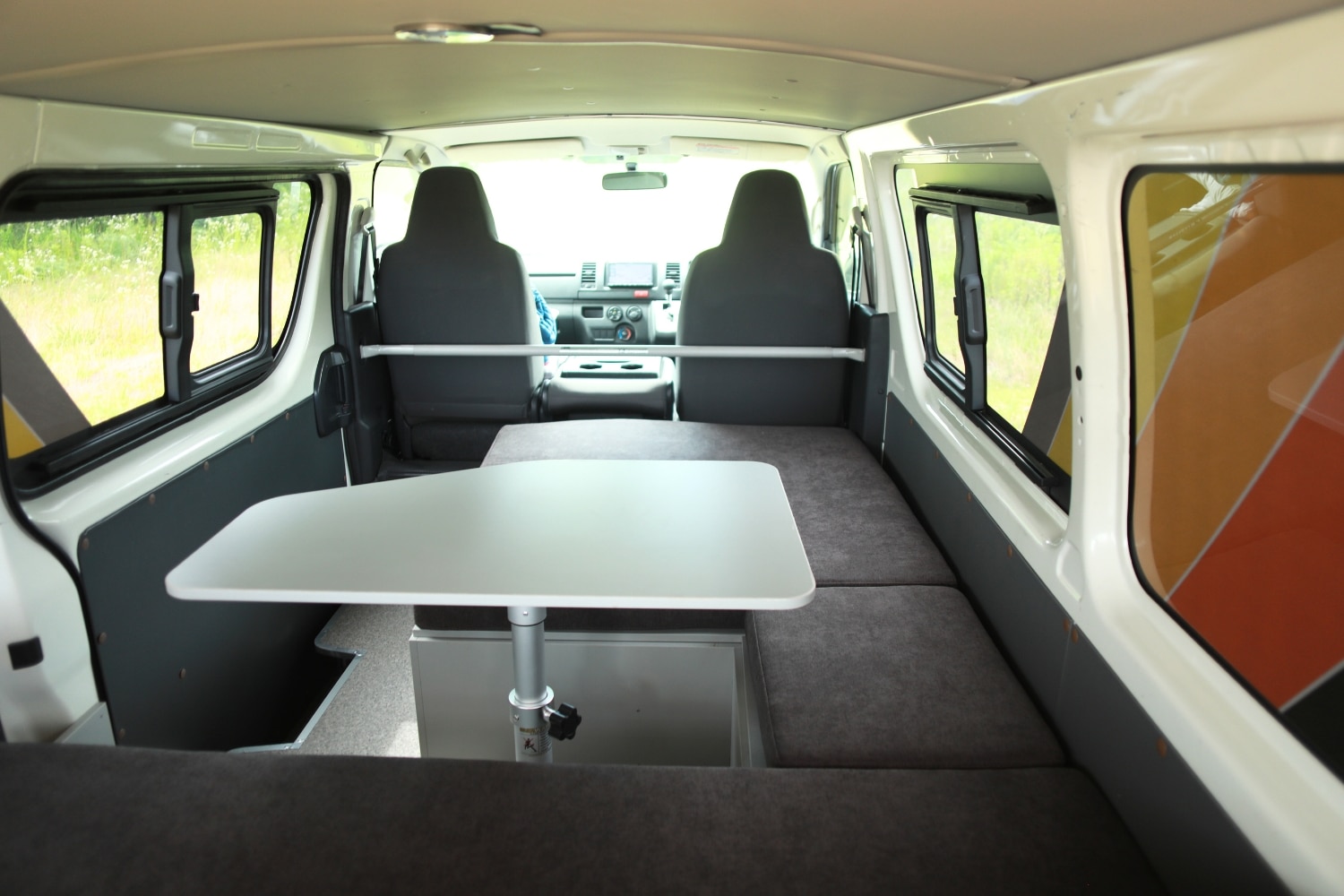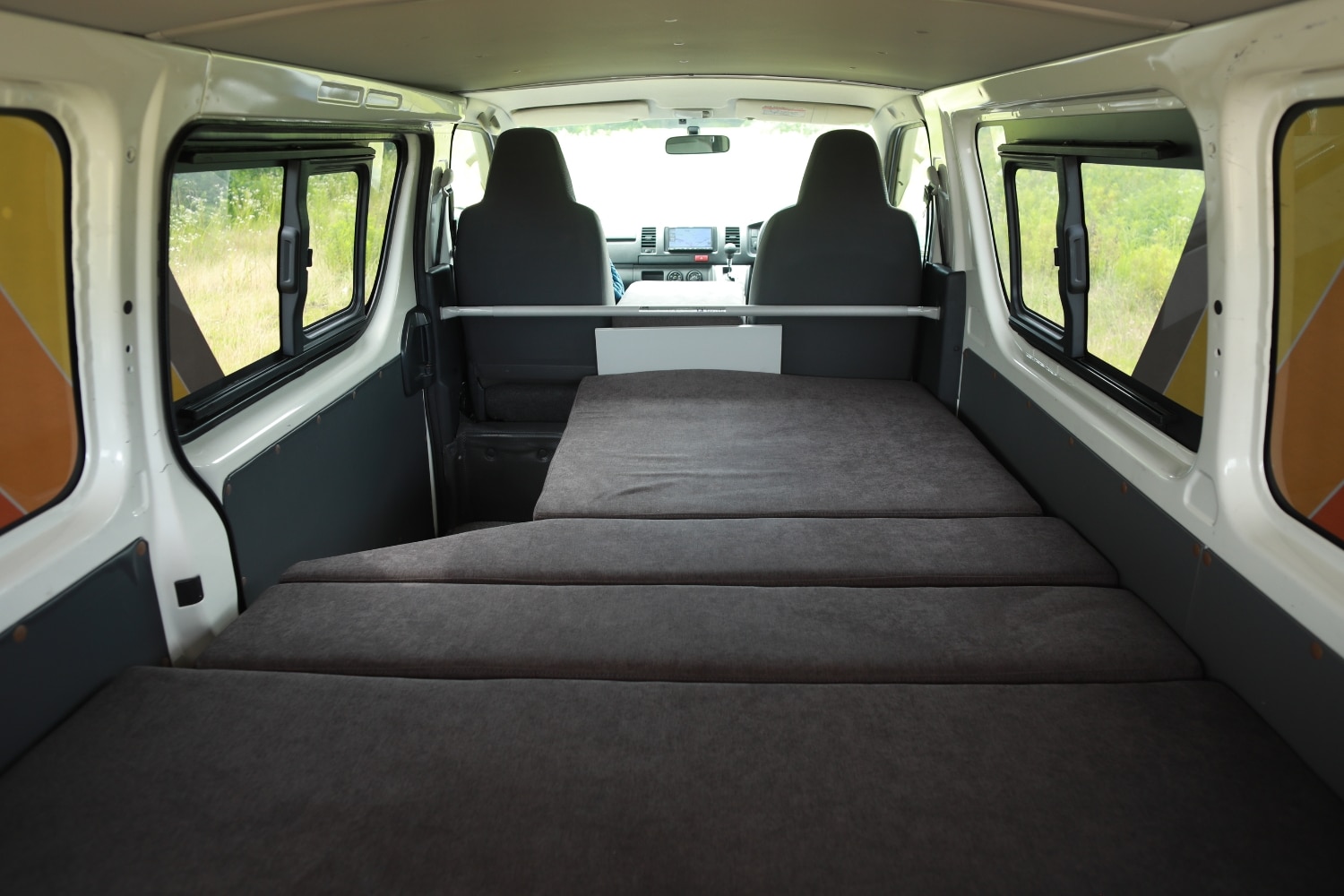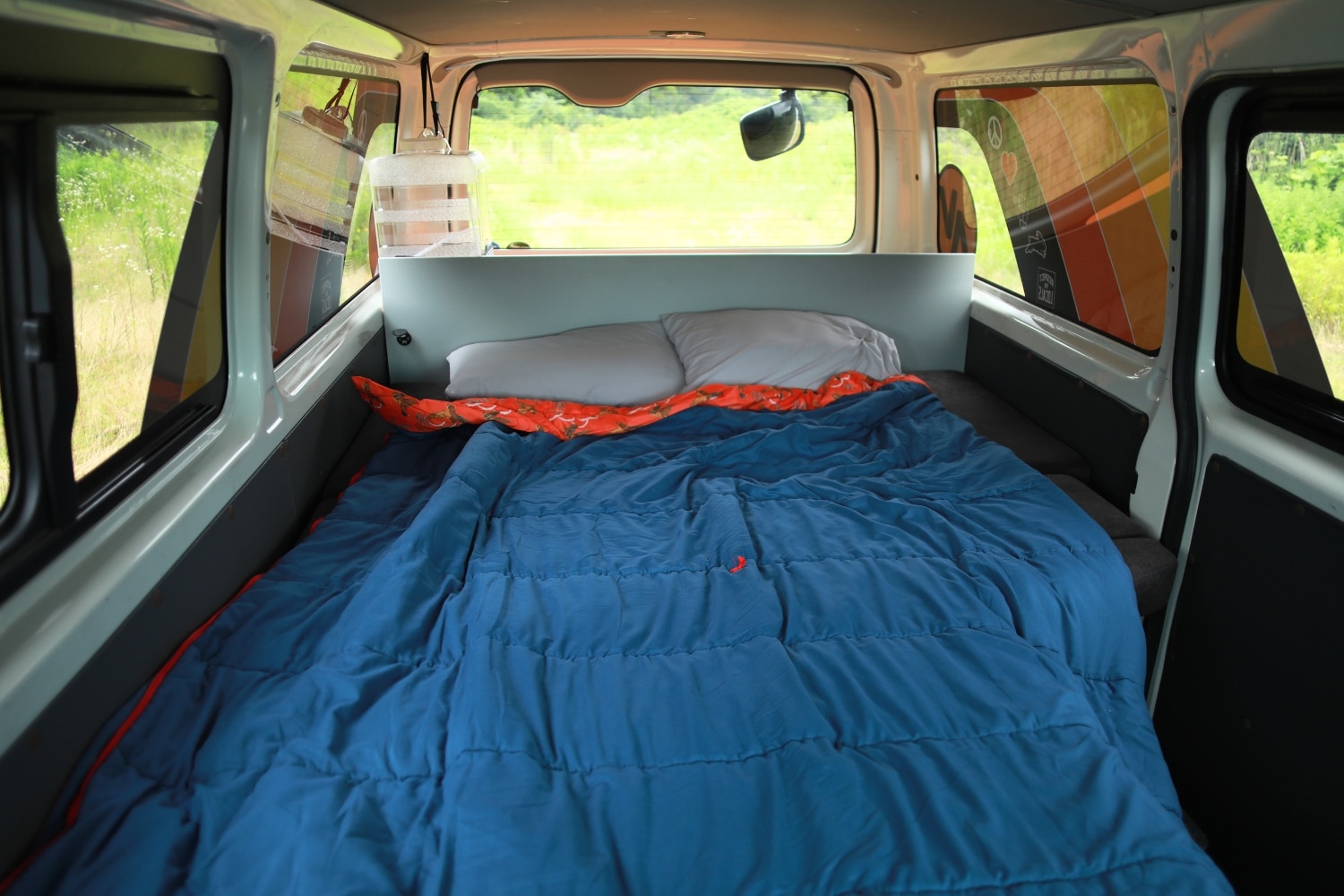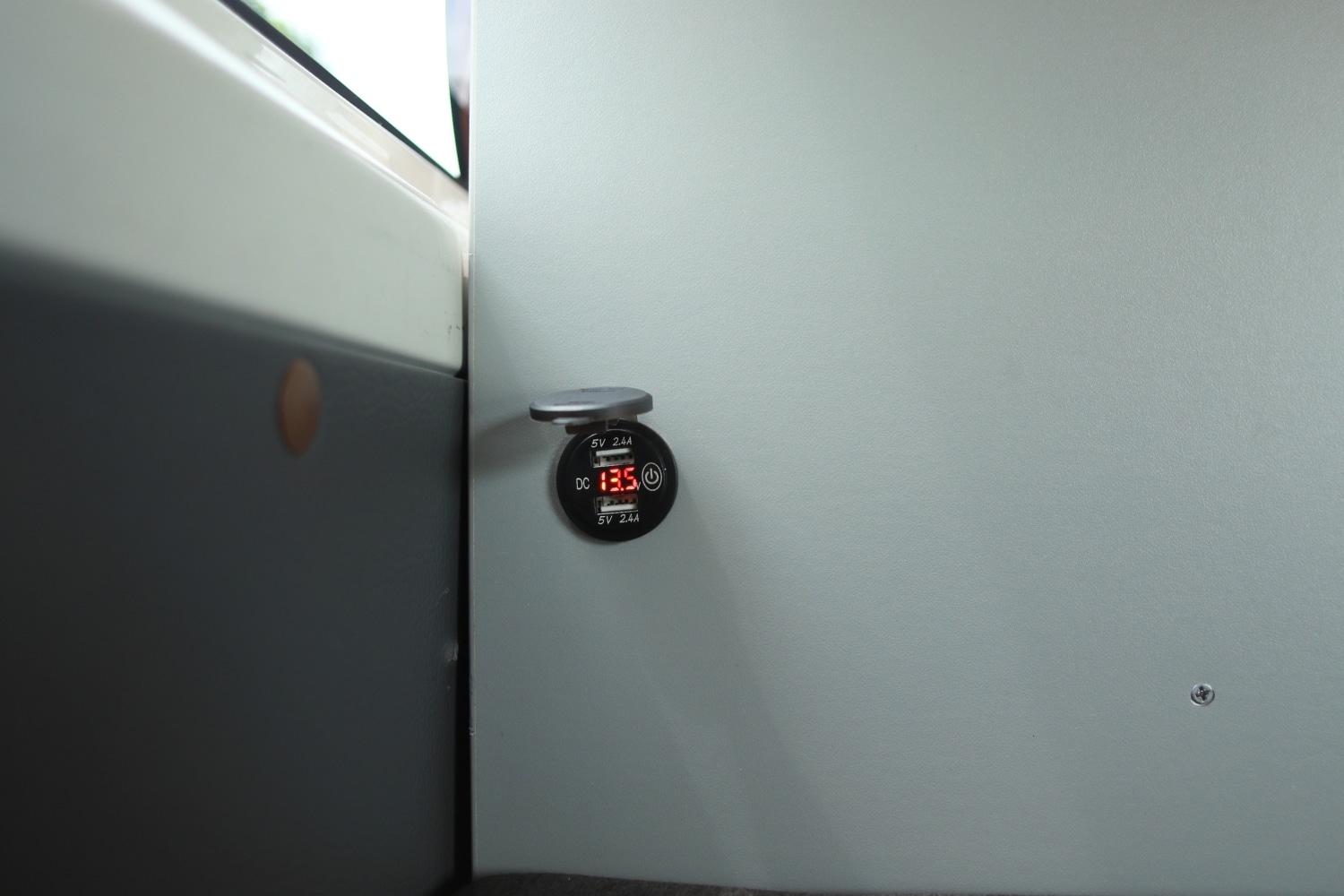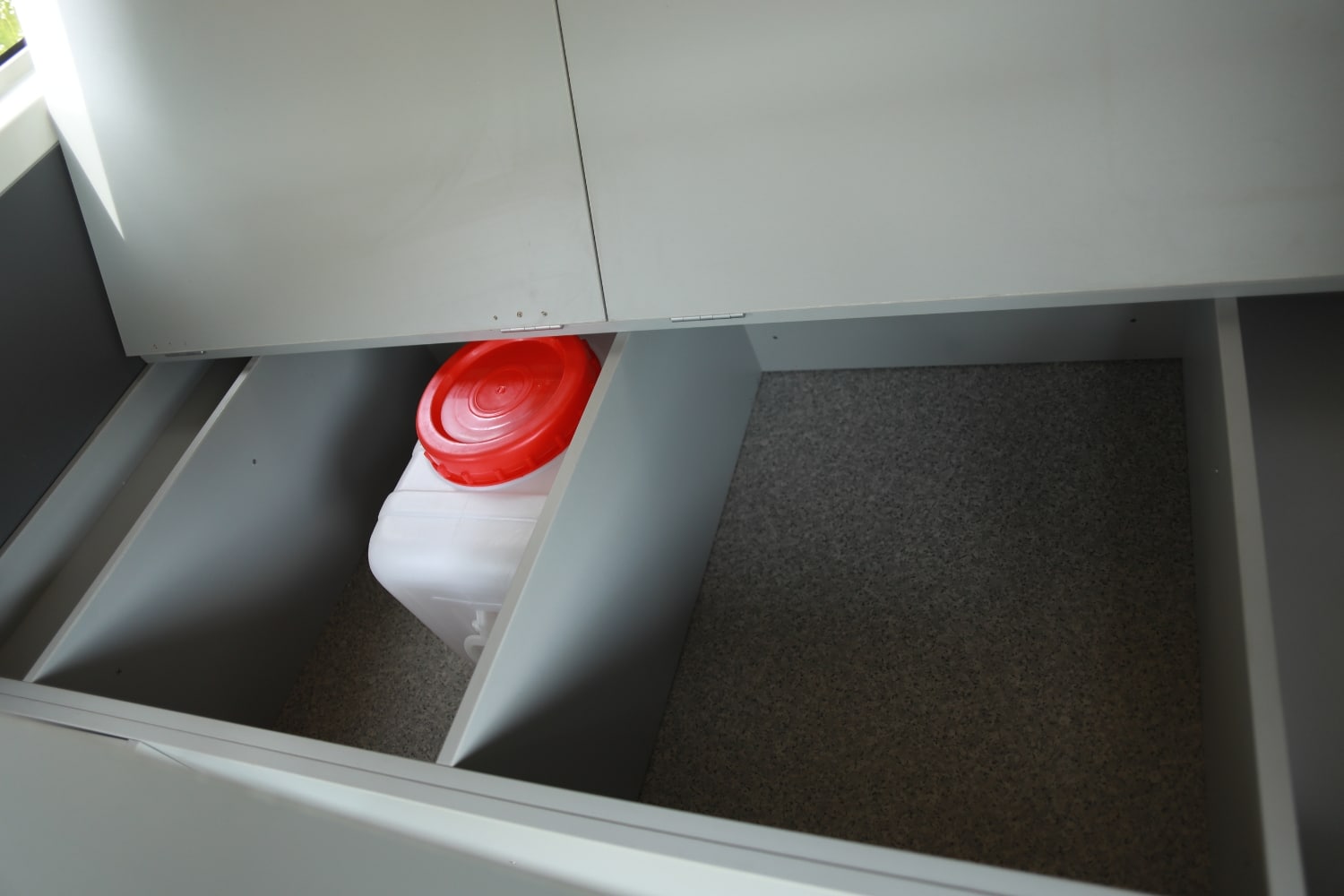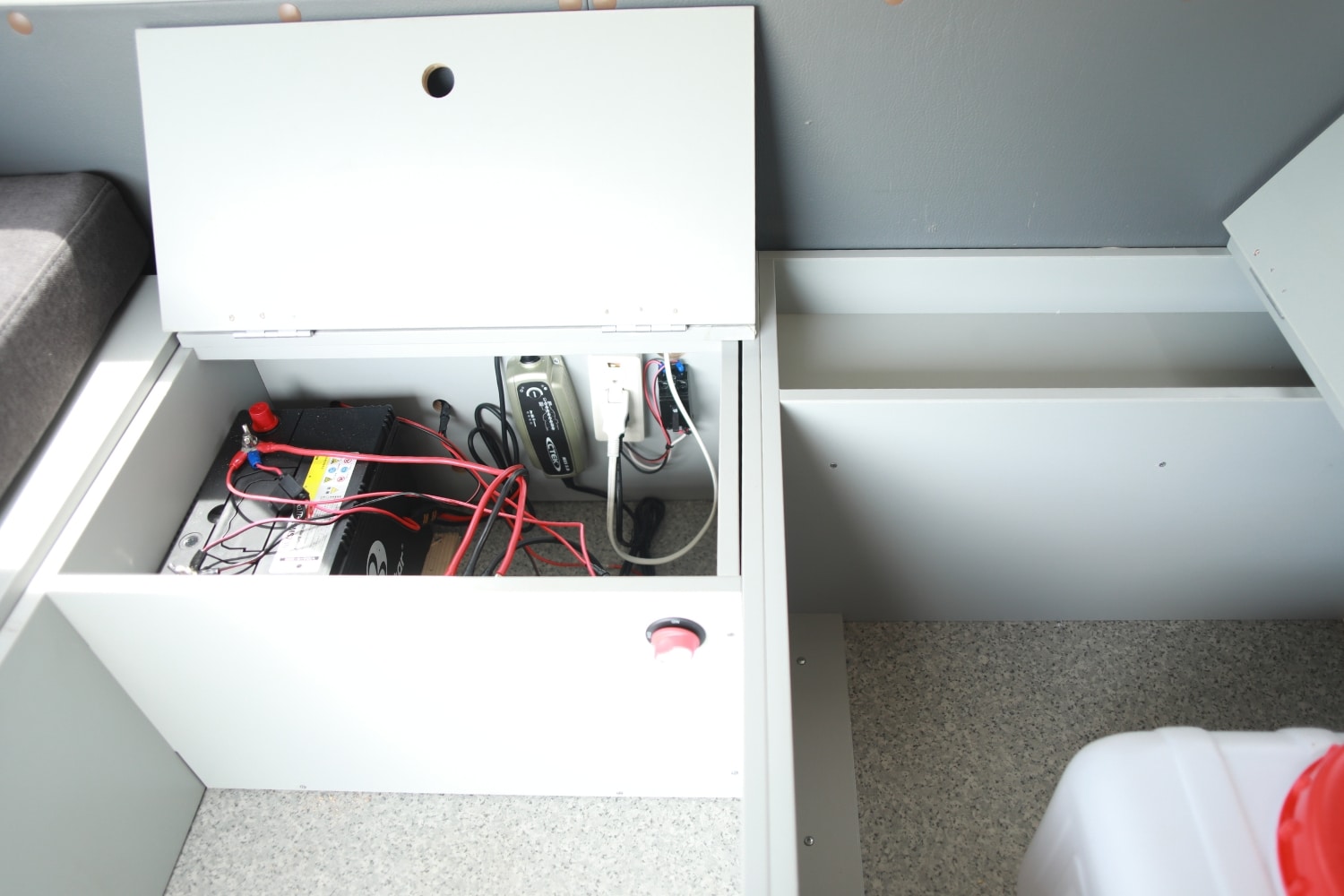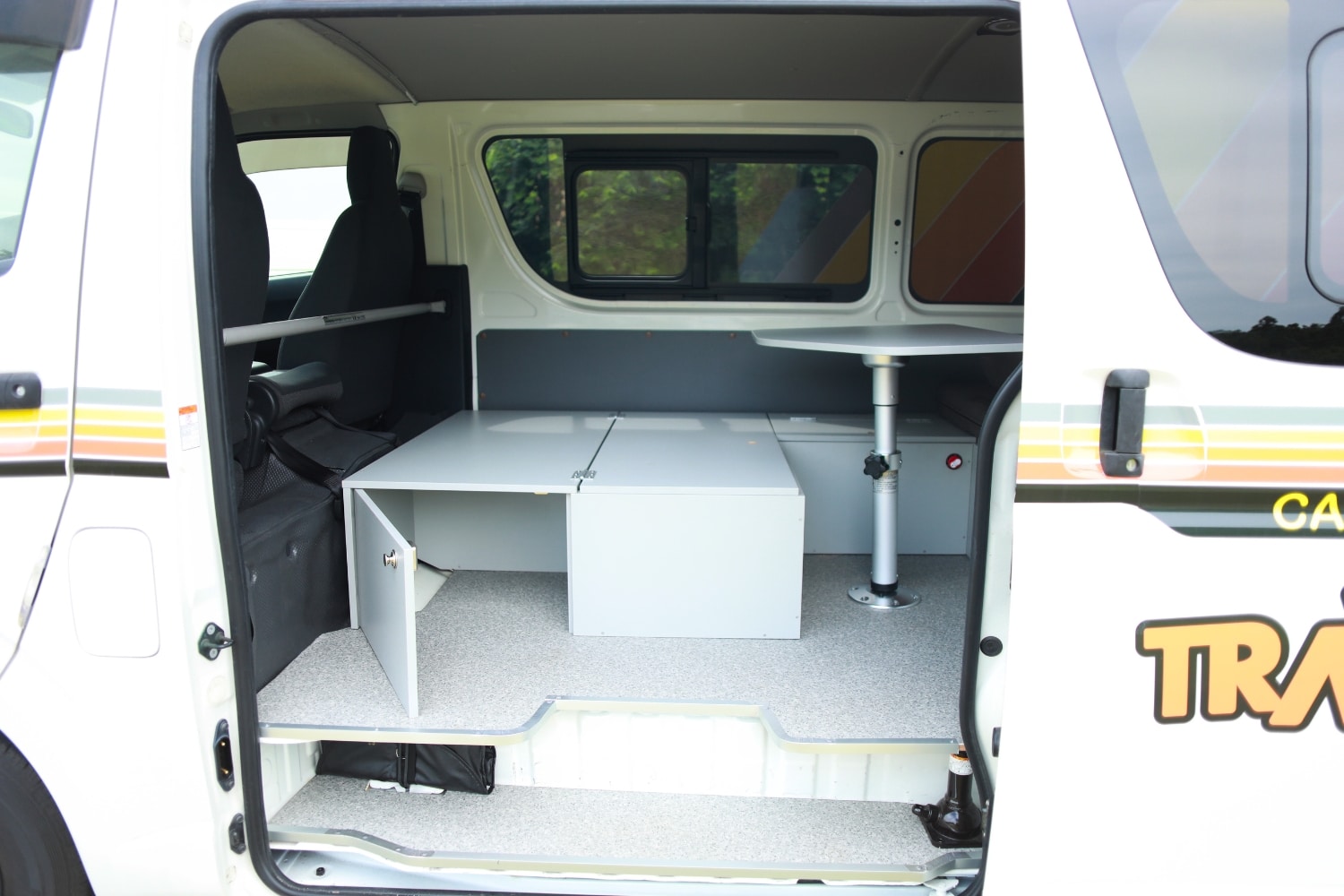Discover Japan’s tranquil side with this peaceful post-Obon RV road trip with the help of this guide. Escape the summer crowds as you journey through Nikko’s forested temples, Fukushima’s hidden lakes, and Hokkaido’s rolling fields and marshlands. From here, you can travel through Akita’s highlands and volcanic plateaus and the Ginzan Onsen in Yamagata prefecture. This relaxing itinerary blends scenic drives, quiet campsites, and local culture, offering the perfect way to savour late summer’s mild weather and open roads. Slow down, soak in nature, and return refreshed. This guide will help you experience Japan at its most peaceful.
When Japan’s busy Obon season ends in mid-August, the country enters a sweet spot for travellers seeking a slower, more comfortable pace. The roads quieten, the summer heat mellows, and once-crowded tourist spots offer space to breathe. If you’re looking for a truly unforgettable end-of-summer escape in Japan, then campervan rental is the perfect option.
Experience a Journey for the Soul With RV Travel Across Japan
This end-of-summer escape is more than a sightseeing tour; it’s a chance to slow down and experience Japan’s quieter side. From misty forests and peaceful lakes to rustic hot spring towns, you’ll return your RV to Chiba with your mind refreshed and your spirit restored, ready to plan your next adventure after the crowds have gone. Happy travels!
Days 1 and 2: Chiba to Nikko
Forested Temples and Rivers
With campervan rental, Tokyo is a great location to kick things off. Here, you’ll be able to acquire your RV and explore the sprawling capital of Japan and its surrounding locations like Chiba. Once you’ve spent some time here, you can start your journey by heading two hours north from Chiba to the historic mountain town of Nikko, Tochigi Prefecture. Famous for its ornate Toshogu Shrine and peaceful forest trails, Nikko is pleasantly quiet once domestic holidaymakers return to work.
Park your RV at a local campsite like Nikko Daiyagawa Campsite, nestled along the Daiya River. Spend your time wandering among mossy cedar trees, ancient shrines, and the majestic Kegon Falls. In the evening, you can enjoy a riverside barbecue under the stars.
Days 3 to 5: Bandai Highlands
Lakes and Hidden Hot Springs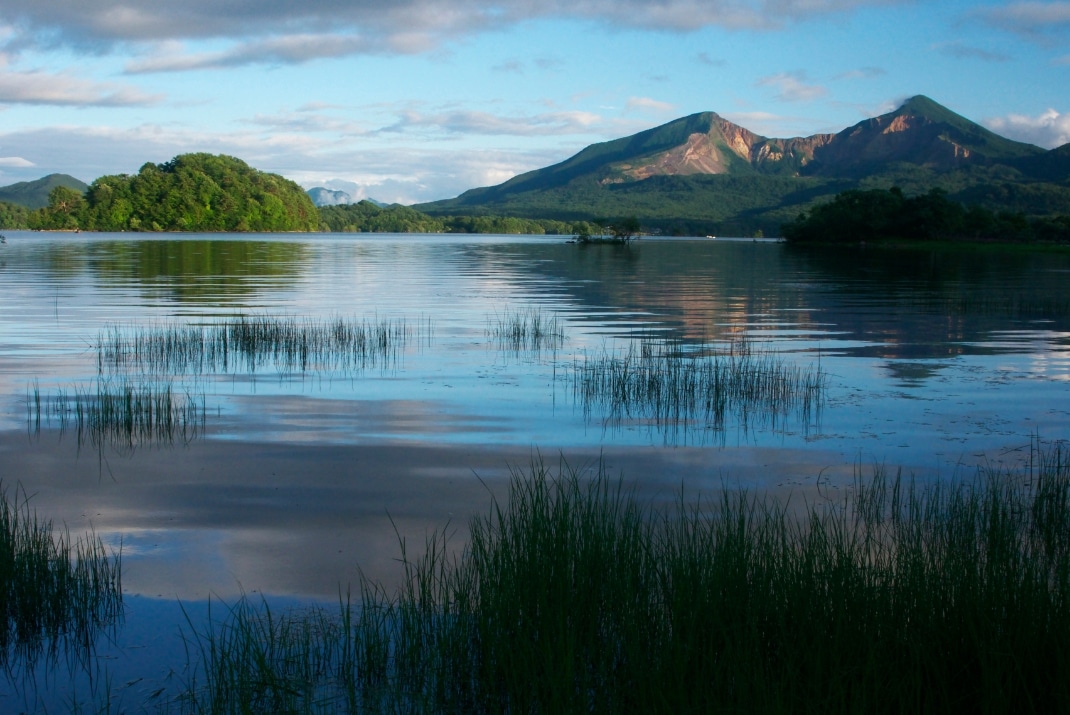
From Nikko, drive northeast for about three hours to reach Fukushima’s Bandai Highlands. This lesser-known gem offers alpine lakes, volcanic landscapes, and cosy lakeside hot springs, all without the crowds of summer peak season.
Camp near Lake Hibara, where you can rent a canoe or take a scenic hike around the Goshikinuma Ponds, famous for their shifting blue and green hues. Local onsen lodges often offer day-use hot springs, so you can soak in mineral-rich baths before returning to your camper for the night.
Days 6 to 8: Hokkaido’s Furano and Biei
Fields of Colour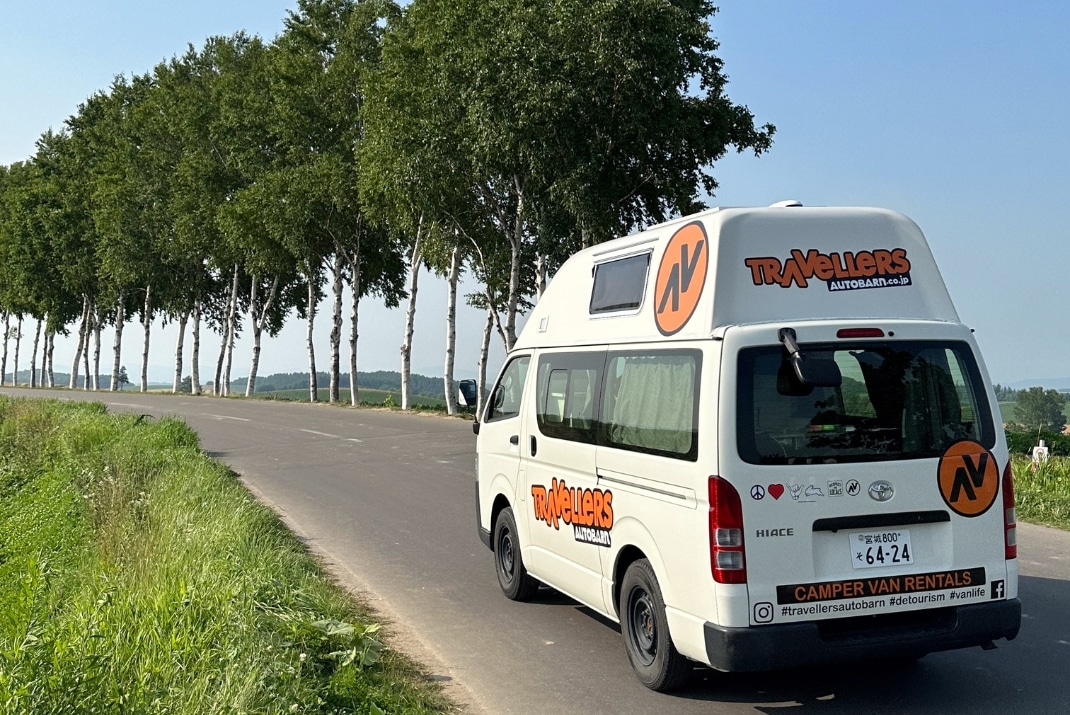
Next, make your way north to Japan’s northernmost island, Hokkaido. From Fukushima, you’ll take the ferry from Aomori to Hakodate, which is a refreshing crossing that feels like an adventure in itself. Once you reach Hokkaido, head toward the heart of the island: the rolling hills of Furano and Biei.
Late summer here is enchanting. While Furano is famous for its lavender fields in July, the end of August brings golden sunflowers and peaceful patchwork farms. Cycle or drive the Panorama Road for endless countryside views. Campgrounds like Kanayamako Auto Camping Ground offer decent amenities beside Kanayama Lake.
In Biei, the iconic Blue Pond is quieter now, and you can snap photos without busloads of visitors. Take your time, this is Hokkaido’s charm at its best: wide skies, quiet country roads, and space to breathe.
Days 9 to 11: Lake Akan and Kushiro Marshlands
Wild Hokkaido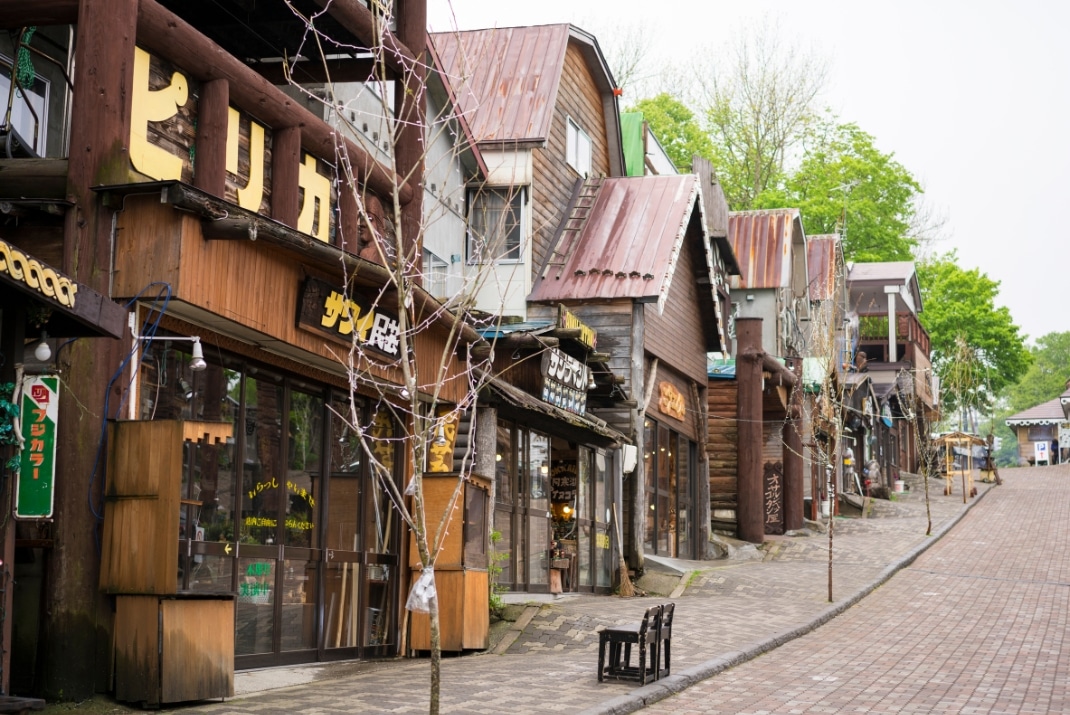
From Biei, you can head east to Lake Akan, a serene crater lake famous for its marimo (moss balls) and indigenous Ainu culture. Here, you can visit the Ainu Kotan village to learn about Hokkaido’s first people. You’ll find peaceful lakeside campsites where you can fish, hike, or just relax with mist rising from the water in the early morning.
Next, drive to the Kushiro Marshlands, Japan’s largest wetland. This region is a haven for birdwatchers, with the chance to spot red-crowned cranes (tancho) among the reeds. A quiet paddle on the Kushiro River is the perfect way to enjoy Hokkaido’s wild side before heading back south.
Days 12 to 15: Nyuto Onsen
Secret Forest Hot Springs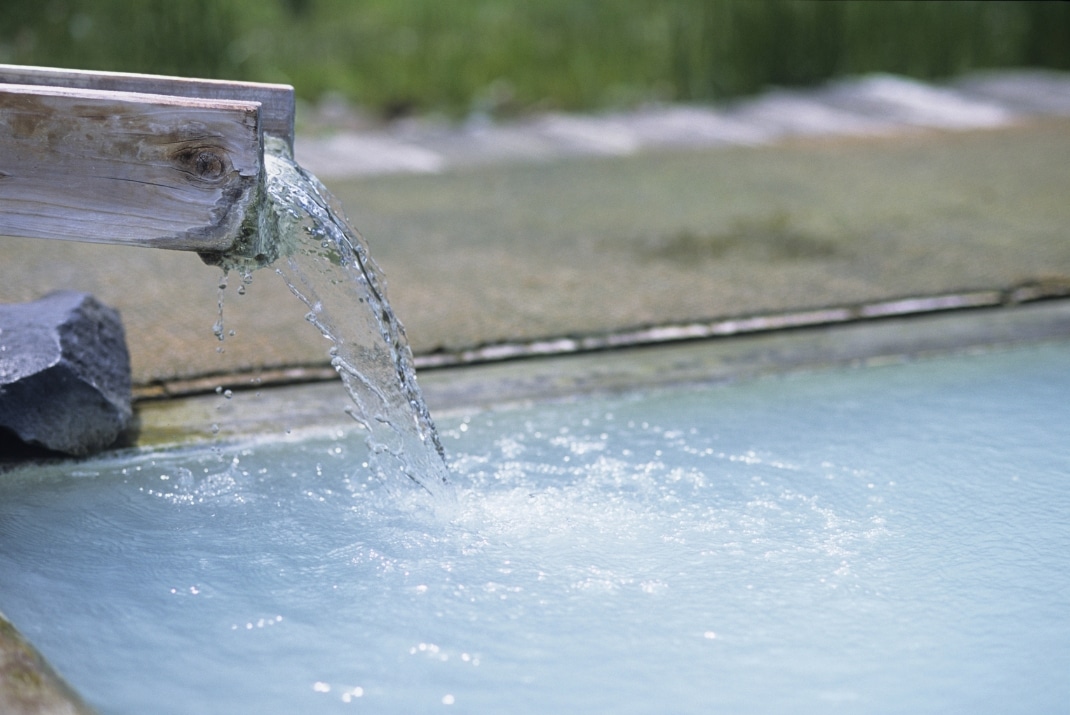
After soaking up Hokkaido’s open spaces, take the ferry back to Honshu and head into the heart of Tohoku’s peaceful countryside. One of the best hidden gems is Nyuto Onsen in Akita Prefecture. Tucked away in the forests of Towada-Hachimantai National Park, Nyuto Onsen is a collection of traditional ryokan with rustic open-air baths surrounded by nature.
Many of these historic inns welcome day visitors, so you can park your campervan at a nearby campsite or a public parking lot and spend your days hopping between soothing baths under the early hints of autumn foliage. It’s an idyllic way to unwind before heading back south.
Days 16 to 18: Hachimantai and Lake Tazawa
Lakeside Calm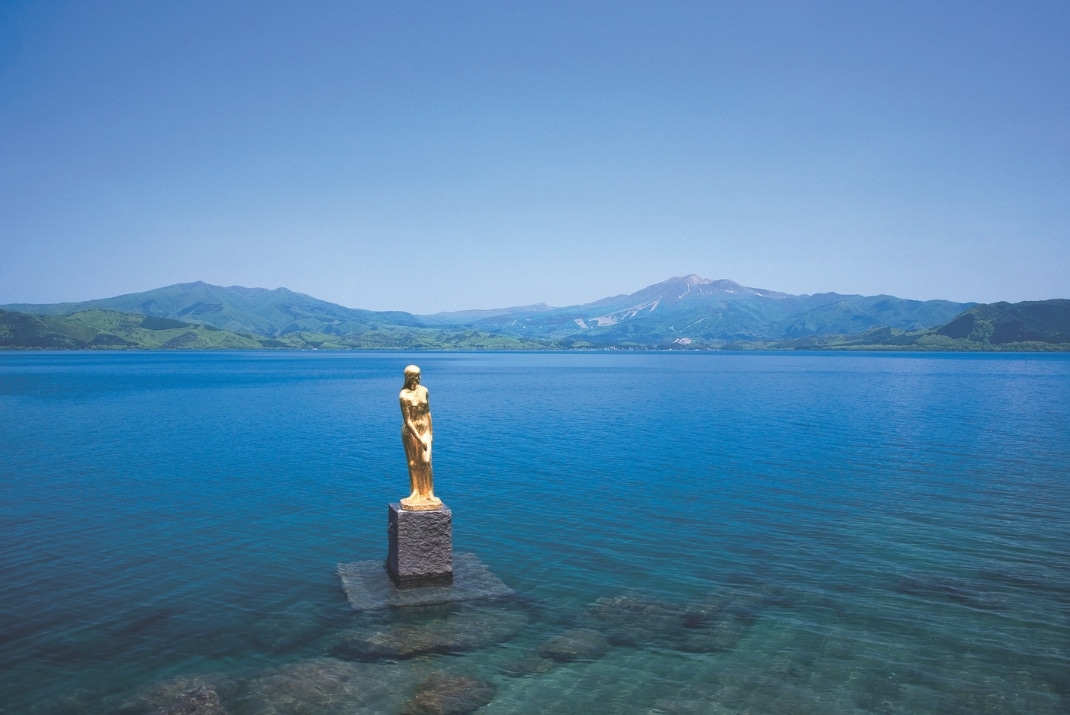
Continue exploring Akita’s highlands with a scenic drive through Hachimantai. This mountainous area is ideal for short hikes and features scenery like misty wetlands and panoramic views across the volcanic plateau. Stop at local roadside stations for fresh local produce; mushrooms and wild vegetables are especially delicious here in late summer.
Not far from Nyuto, Lake Tazawa is Japan’s deepest lake and shimmers a striking cobalt blue. It’s rarely crowded outside peak summer, so you’ll have its quiet shores mostly to yourself. Camp near the water, rent a kayak, or take a peaceful bike ride around the lake’s circumference.
Days 19 and 20: Ginzan Onsen
A Storybook Village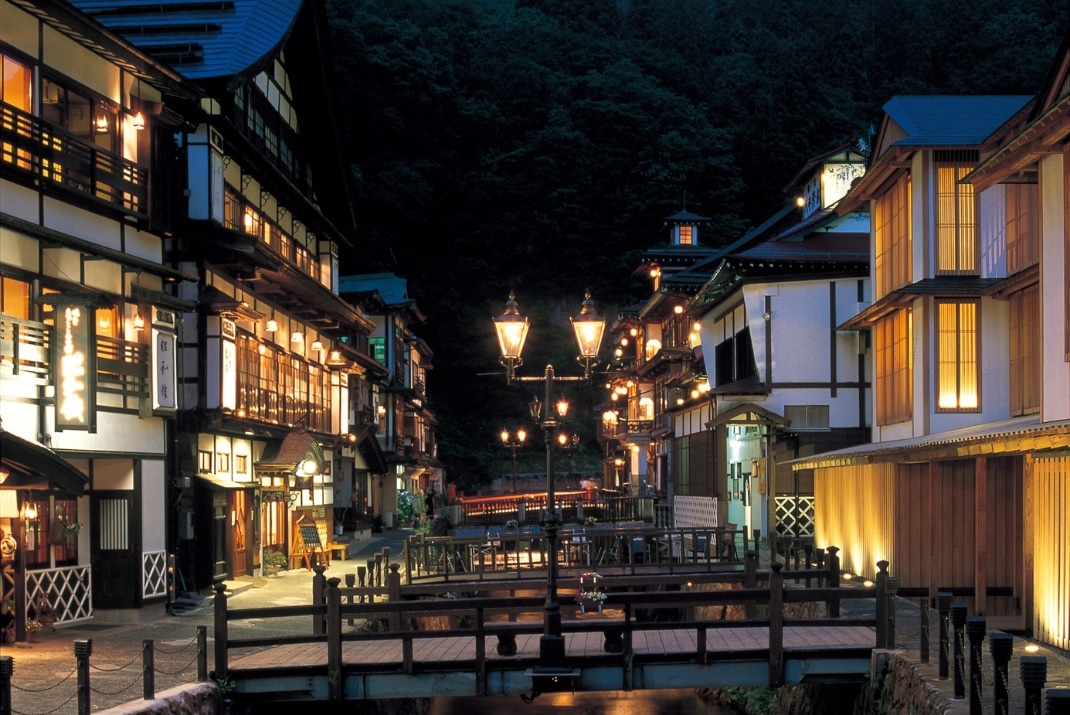
Before wrapping up your road trip, make a final stop in Ginzan Onsen, a picture-perfect hot spring town in Yamagata Prefecture. This riverside village is famous for its Taisho-era architecture that incorporates old wooden inns with gas lamps that glow softly at night.
While the town is small, it’s incredibly atmospheric and even more relaxing once the summer crowds have gone. Park at a designated parking lot nearby and ride a shuttle bus into town, stroll the narrow streets in yukata robes, and dip into a public bath or footbath overlooking the river. It’s a magical way to end your peaceful journey.
